How to choose a bit for your horse
Mar 07, 2024 | Super Equestrian
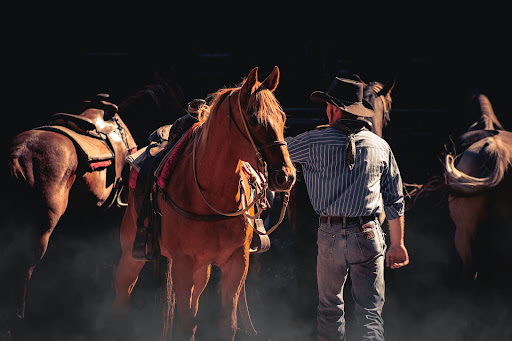
Back in the old days, folks thought thick bits were kinder to horses, while narrow ones were harsh. But surprise, surprise—that was totally wrong! The truth? Picking the right horse bit isn't a one-size-fits-all deal.
Let me set the record straight. Each horse is unique, with different needs and mouth shapes, so the bit you choose will vary. But with so many options out there, it's easy to get lost.
I get it, it can be confusing. I've dug into bits, their materials, and how they help me talk to my horse better. Want in on what I've learned?
Understand Your Horse’s Need
You will find plenty of bits that are available in the market. Before choosing one, you need to keep these important aspects in consideration:
a) Horse’s Mouth:
A horse’s mouth is a delicate area. Its lips, teeth, and palate act differently while using horse bits. The lip area is especially soft and sensitive. It can react when you put excessive pressure. The horse’s teeth allow stable bit contact.
Again, the tongue responds to the pressure points of the mouthpiece. The bar is a strong surface above the tongue, which can play as a contact point for some bits. Sensitive papillae of the palate control resting and distributing pressure inside the horse's mouth.
Besides these, horse shapes also influence bit compatibility.
- Horses having wide mouths require a thicker mouthpiece. A narrow mouthpiece can pinch the delicate area of a wider-mouthed horse.
- If your horse has a slimmer mouth, consider choosing a narrow mouthpiece to have better comfort.
- You should choose a low port horse bit for a horse having a high palate for better control. In contrast, a high port mouthpiece is suitable for a high palate.It allows a comforting distribution of pain and pressure.
You can measure your horse's mouth to find the suitable horse bit. For this, You need measuring tape or dowel. First, take the bit and measure its size using the tape from inside corners to inside corners.
Then take the dowel and mark both ends where the lip ends. Make sure you take the right measurement as the horse bit will sit at this measurement. For clearance, take measurements from the corner of the lip to the bottom of the front teeth for proper bit size. You need to be careful while taking measurements of your horsebit.
b) Horse's Personality and Training Level:
Not only does the anatomy of the horse's mouth determine the perfect bit, but how you train your horse and their sensitivity also matter. Understanding them will help you to choose the perfect bit for your equine companion.
- In terms of sensitivity: If your horse has a sensitive mouth, choose a simple bit. This kind of bit gives clear cues without causing harshness. For less sensitive horses, complex bit design may not create any harshness. Thicker bits are effective in this case.
- Temperament: You have to figure out if your horse is bold or hot-blooded. An energetic horse is overwhelmed by the pressure from the horse bit and becomes nervous. Snaffle bits with low ports are suitable for this kind of horse. But, If your horse is calm you can choose a thicker snaffle bit. Mullen mouthpiece is also a great option for your calm horse buddy.
- Unravel Training level: When you’re training your horse when it's completely inexperienced, choosing a simple snaffle bit with loose rings is a great choice. Your young horse will adapt to the basic commands gradually. When you deal with your trained horse, you can switch to complex bits. Such as Curb chains or Pelham.
C) Riding Discipline and Goals:
Different riding disciplines have specific requirements regarding horse bits. Sometimes there are specific demands according to riding discipline such as-
- Dressage: Here, horses need to show precise movement. Thin snaffle bits with loose and Mullen mouthpieces are typically recommended in dressage shows or competitions. A thin snaffle bit provides comfort to the horse, and loose rings provide easier communication between rider and horse.
- Jumping: Horses must perform energetic tasks here, and the rider must maintain control of the horse by giving directions. Bits with a moderate port aid riders in maintaining proper grip. For more leverage, use a Snaffle bit with moderate port and kimblewicks.
- Western: In this basic riding discipline, snaffle horse bit is commonly used. Also, people choose curb-bits that help horses take quick turns while riding.
Your riding goals are also important when you make a choice. Thicker Snaffle bits show better responsiveness, offering slightly more pressure to the horse. Mullen mouthpieces promote the collection, and if you think about better communication, snaffle bits with loose rings win here.
Exploring Bit Types
There are plenty of horse bits available at the market. Before choosing one, you need to know the following aspects:
a) Mouthpiece Materials:
Materials have impacts on their responsiveness and longevity. Understanding their pros and cons can give you an overview:
1. Metal:
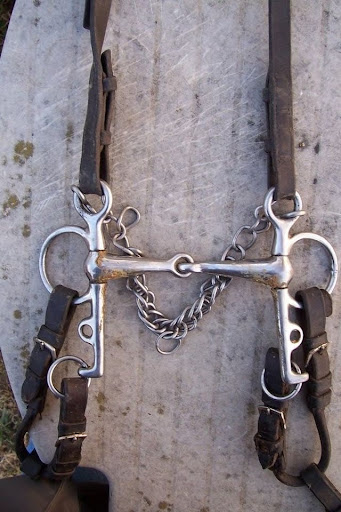
Pros:
- Metal bits are durable and easy to find. They provide a good taste inside the horse's mouth.
- They are reasonable compared to other bits.
- These bits provide clear signals to the horse's mouth.
Cons:
- These bits can be harsh on a sensitive horse’s mouth.
- They can rust very easily and also irritate the mouth area.
2. Rubber:
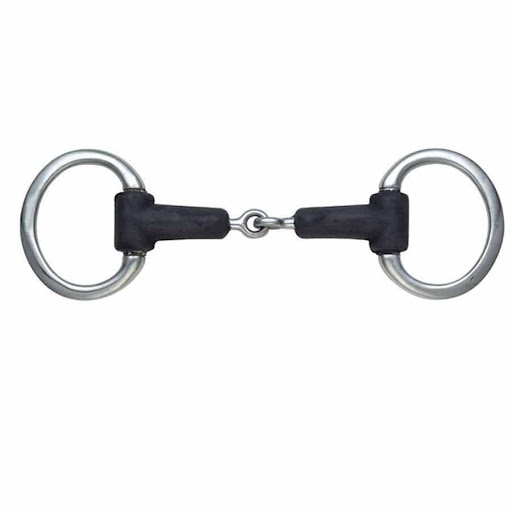
Pros:
- More gentle than metal bits.
- They cause less friction in the horse's mouth.
- So, rubber bit does less damage to horse’s teeth and gum
Cons:
- These provide less clear signals to horses.
- Rubber bits require replacement, and are less durable.
3. Leather:
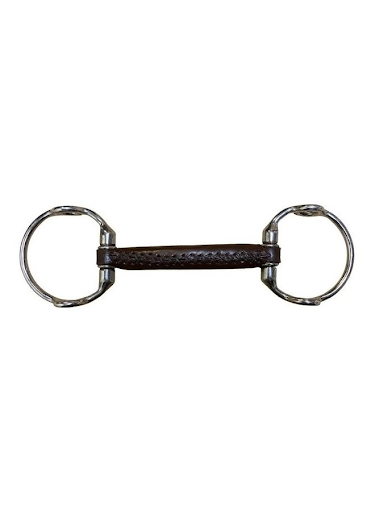
Pros:
- These bits are well accepted by horses.
- These bits are safe and effective for communication
- It relieves discomfort from the horse's mouth.
Cons:
- Leather bits need high maintenance and care
- They can grow mold if they are not properly cared
- They are not as durable as metal or rubber. Especially, they lose their durability in winter or damp weather.
b) Shank Length and Leverage:
- Shank length is connected to the leverage. The horse bit having a longer shank increases the leverage of the bit. Riders may have to put less effort into reins to get exact behavior from the horses. It provides controlled behavior and precision. You can have strong stopping power with longer shanks.
- The short length of the shank is quite beginner-friendly. Bits with shorter lengths provide gentler communication between you and your horse. Riders need to put more effort into the rein to get the exact behavior from horses with shorter shanks.
c) Action and Pressure Points:
Different designs apply pressure to different areas of the mouth. Bits with straight mouthpieces put direct pressure on the tongue. Some bits have curved designs; they put pressure on the palate. Most of the bits put some pressure on the bar.
Let's discuss them with some examples:
- Shuffle bits: These bits are designed with low shank height. They apply pressure on the tongue area of the horse. They encourage sensitive horses to be responsive and act accordingly. In case, you use a french link snaffle, it puts pressure on bars and tongue and helps to respond.
- Kimblewick bits: This lower shank horse bit applies pressure on the tongue and indirectly on the bar area. They provide more control through their curb chain than snaffle bits.
- Curb bit: When you are looking for more control and power over your horse, curb bit is perfect as it puts pressure on bars, tongue, poll, and palate through leverage.
Some important Notes:
Knowing the designs and bit types may not help you find the right bit. You need to check on Your horse’ health. Consider consulting with your veterinarian if your horse shows any behavior problems or distress issues. Your vet can guide you with a recommendation of the right bit for your horse.
Complex designs of bits such as Pelham, and Kimblewick can lead your horse to overbiting issues. A professional trainer can help you to use these complex bits accurately.
Fitting and Using the Bit
Riding becomes enjoyable when you complete your equine tack. For this enjoyment, you need to hold your patience to adjust your horse’s bridle with perfect fitting.
a) Proper Bridle and Bit Adjustment:
A step-by-step guide is given for you to find comfort and communication.
Step 1: For Bridle
- To start with, remove your headpiece and place it over your horse's ear. Maintain a one-finger distance between your horse's ear and the mouthpiece. The throatlatch should then be securely adjusted to allow two finger widths from underneath. After that, position the crownpiece on the horse's bony area. Check that it does not interfere with the position of the headpiece.
- In the end, place the noseband one finger below the cheekbone. Look for wrinkles on the horse's nose. A wrinkle is a sign for proper fitting, allowing the horse to breathe freely.
Step 2: The Bit
- Enter the mouthpiece gently into your horse mouth and let it rest above the front teeth on the toothless bars. This time there should be no wrinkles.
- Carefully check the shank’s balance from both sides. Keep the ring or shank level the same.
- Check for wrinkles, if your horse has more than one wrinkle, you may recheck the adjustment of these parts to ensure the comfort and happiness of your horse.
- You may face some common problems while fitting the bit. Here, see this list below to avoid those common mistakes:
- Check the bridle if it's well adjusted with the horse bit. A poorly fitted bit can lead your horse to injury in the extreme case
- Check the diameter of the rings to avoid loose fit.
- If you are fitting a double bridle, you need a snaffle bit and curb bit, and ensure that both bits are adjusted properly.
b) Using the Bit Effectively:
Using the horse bit effectively depends on several things. Your method of riding contributes a lot to using all the equipment correctly. The best way to bring improvement is by making a riding lesson plan . Effective rein aids can enhance the productivity of your horse bit. Some tips you can follow on this:
- Initially, apply gentle pressure to the reins, then give your horse some time to process it.
- Don't rush your horse by forcing excessive pressure on the reins, wait for your horse to respond.
- Start with simple cues, through training, your horse will find ways to build trust and companionship.
- Give rewards to your horse with each progress it makes. A sweet gesture can help your horse learn quickly.
Conclusion
Finding the right size of the bit is quite a journey. Every horse is individual and has their unique way of preference. Sometimes they accept any bits without following any rules. In this article, you have gained a clear understanding of how to understand a horse’s needs, different types of bits & their functions, and how you can adjust them. Now, you can make your choice along with your equine friend’s preference.
You can share this article with anyone concerned with the choices of the horse bit. You can also comment down below your experience with your choice of horse bit.
Recent Blogs
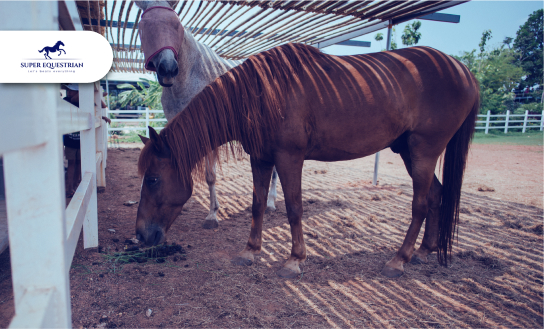
Common Equine Diseases and How ...
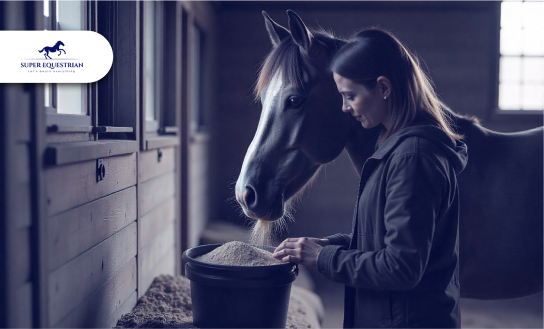
Equine Health Supplements: What Every ...
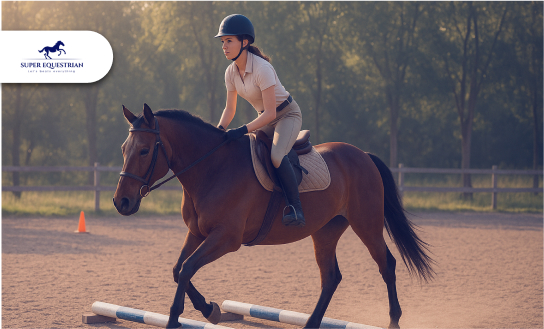
Jumping Basics: How to Prepare ...
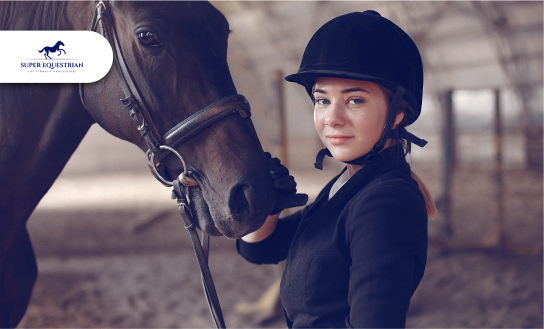
Essential Horse Riding Gear for ...

How to Balance Work, Life, ...

How to Balance Work, Life, ...

Top 5 Exercises to Improve ...
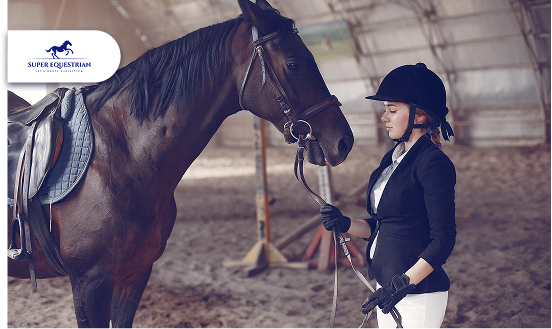
How to Build Confidence as ...

Spotlight on Equestrian Legends: Riders ...

Horse Auctions and Sales...

Top Horse Friendly Travel Destinations ...

How to Build Stronger Bonds ...

Upcoming Horse Shows and Competitions ...

MIPS Equestrian Helmet The Future ...
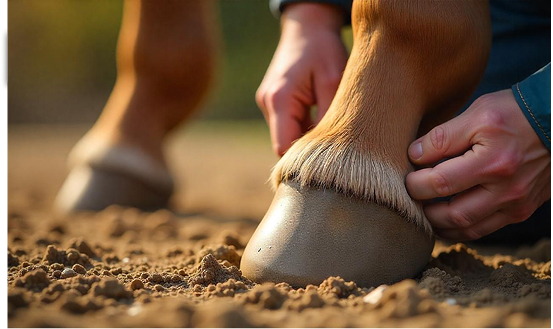
How to Recognize and Treat ...
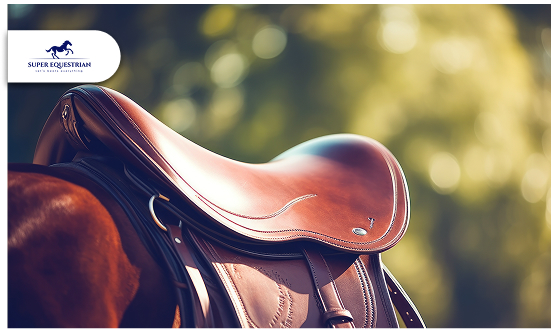
How to Choose the Perfect ...
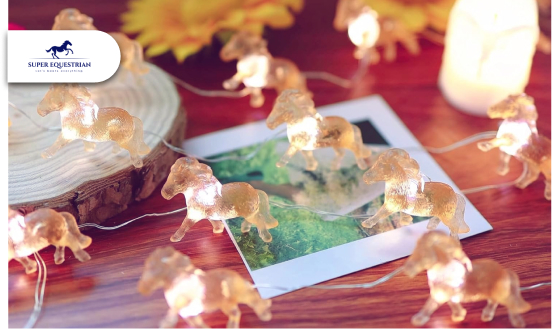
Horse-Themed Gifts Unique Ideas ...
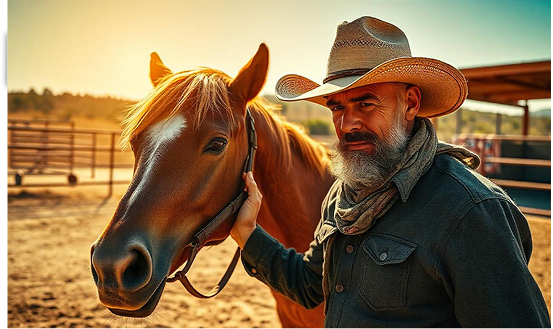
Horse Training Techniques: Creating A ...
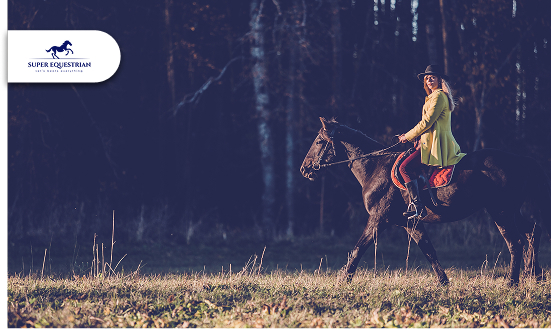
Horseback Riding Lessons – Everything You ...
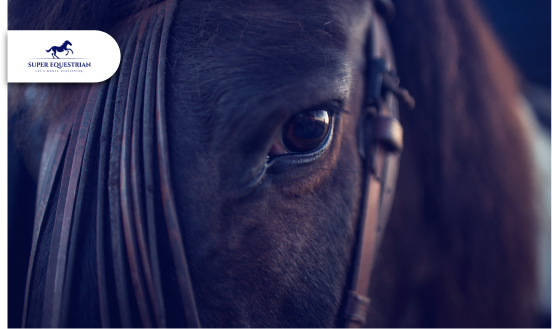
Horse Photography Tips: Learn the ...
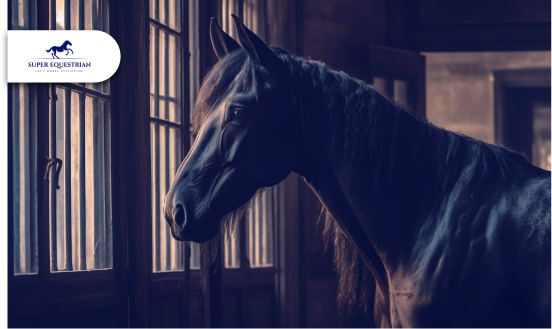
Horse Stable Management: The Quiet ...
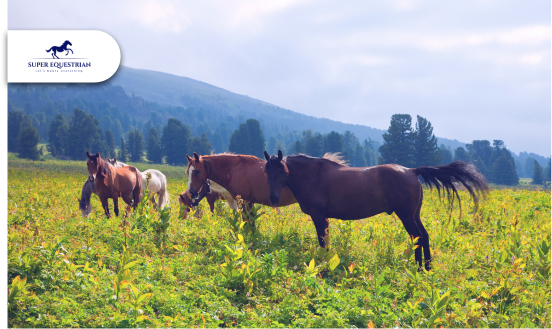
Horse Rescue Organizations: A Profound ...
Horse Racing Events A Look ...
Best Horse Manure Fork Six ...
What Are The Rarest Horses ...
What Does It Mean When ...
Horse Insurance Providers This Is ...

Horse Behaviour and Psychology: Learn ...

How Much Does a Horse ...
.jpg)
Best Monoflap Saddles For Your ...
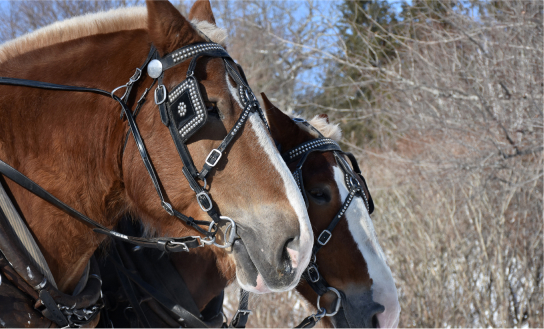
Best Hackamore For Barrel Racing...
.jpg)
Best Barrel Racing Reins Top ...
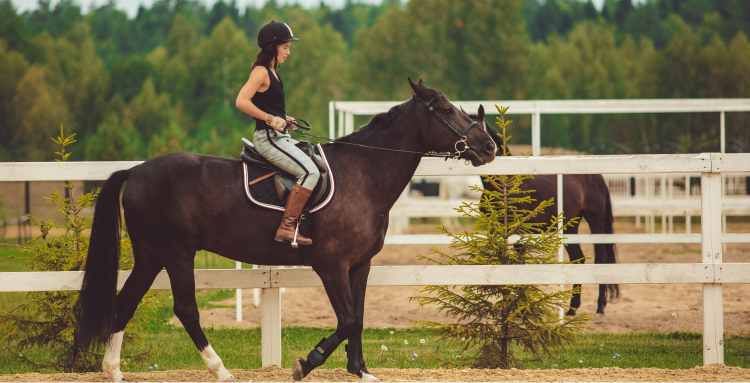
Horse Anatomy And Physiology: Facts ...
.jpg)
Best Stirrups For Ankle Pain - ...
.jpg)
Horse Care Tips and Tricks: ...
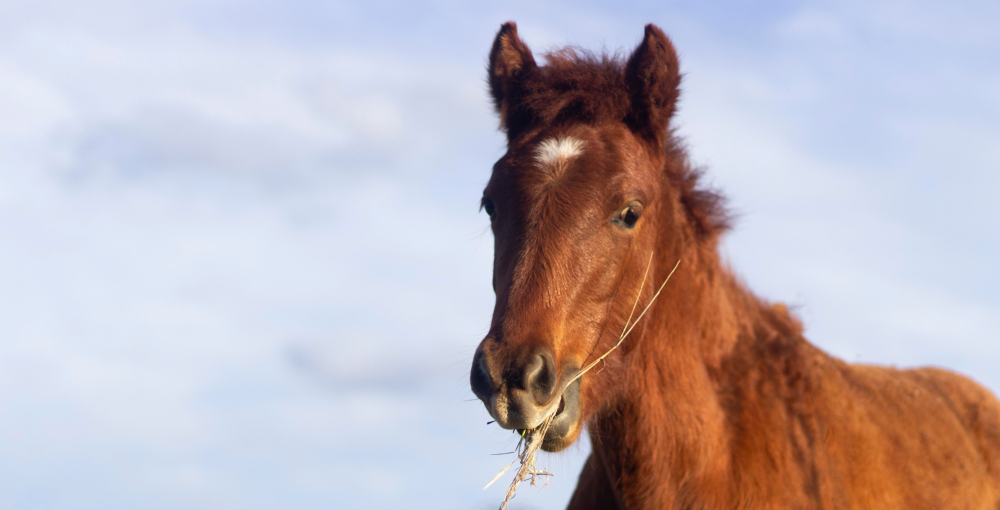
What Do Wild Horses Eat- ...
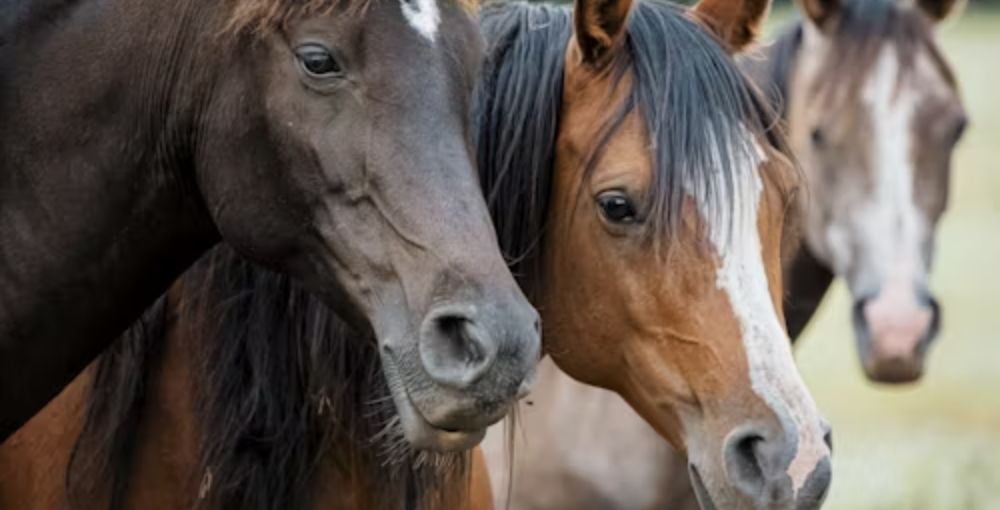
Horse Breeds and Characteristics: How ...
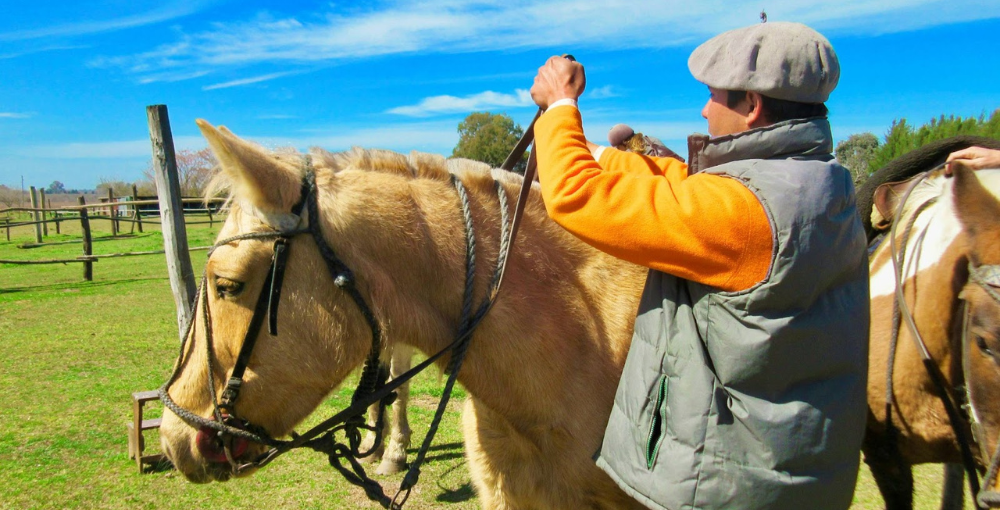
Best Barrel Racing Reins - Top ...

Horse Breeds and Characteristics: How ...

Best Breeches For Curvy Riders...
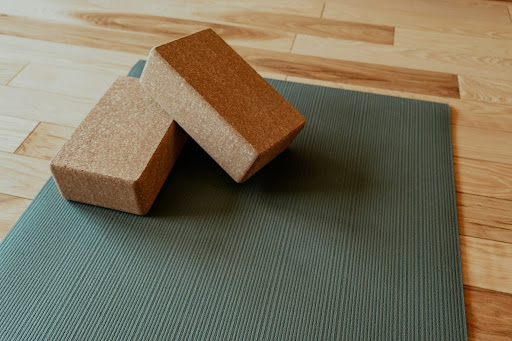
Best Stall Mats For Horses - ...

Best Horse Brushes ( A Thread ...

Best Saddle Rack ( Keep Your ...

Best Bit For Training a ...
.jpg)
10 Morgan Horse Show Held ...

Is Mason Sand Or Concrete ...
.jpg)
Best Girth For Your Horse ...
.jpg)
Ranch Cutter vs Cowhorse Saddle? ...
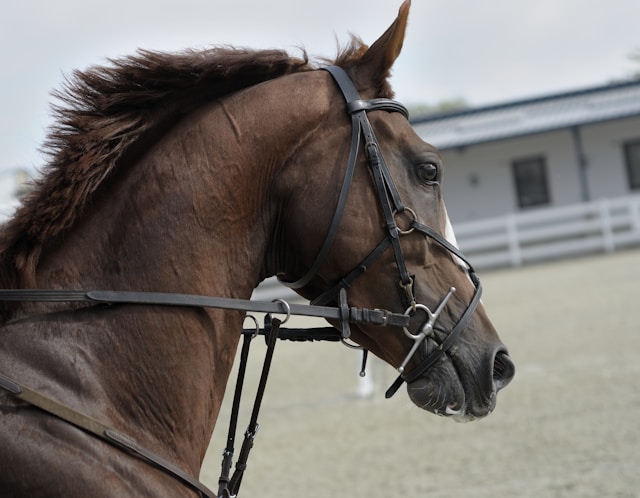
Types of Horse Bit and ...
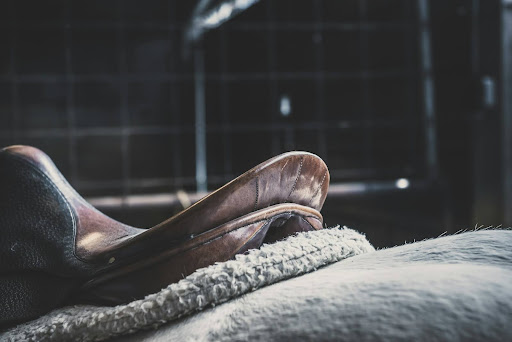
Is Hilason a Good Saddle ...

How to choose a bit ...
.jpg)
Best Salt Blocks For Horses...
.jpg)
Types of Horse Brushes (Equine ...
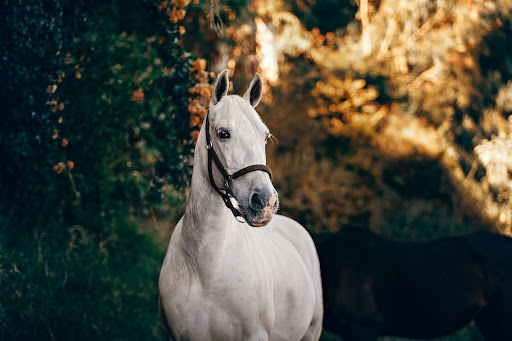
How To Get a Horse ...
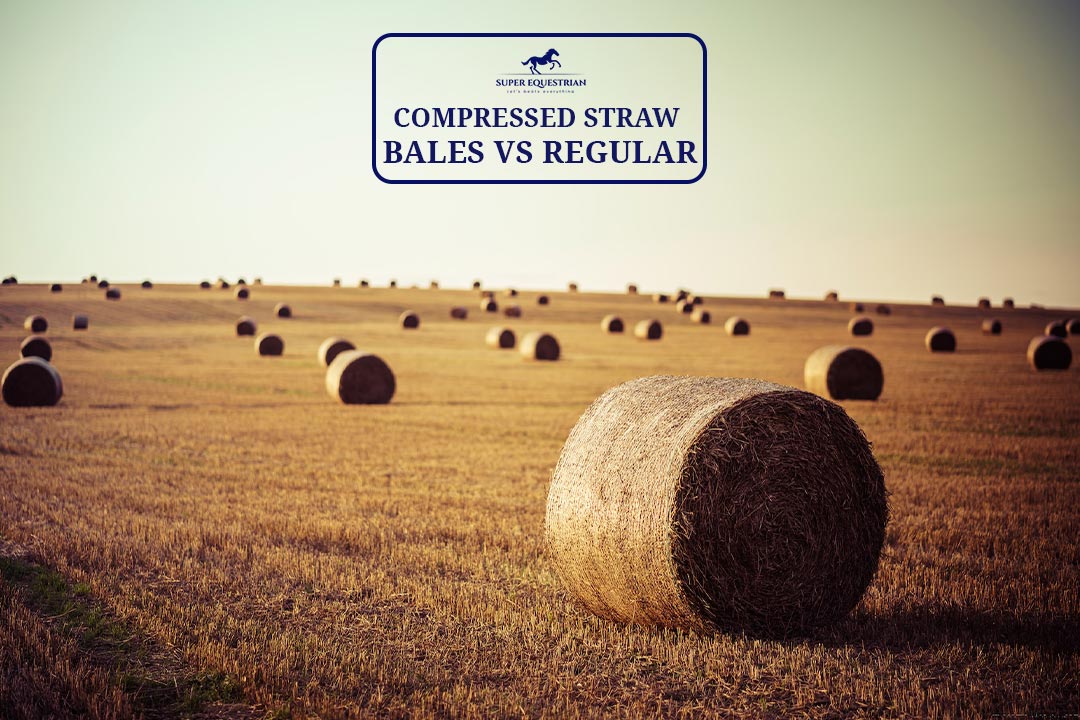
Compressed Straw Bales Vs Regular? ...

Horse Riding Lessons For Intermediate ...
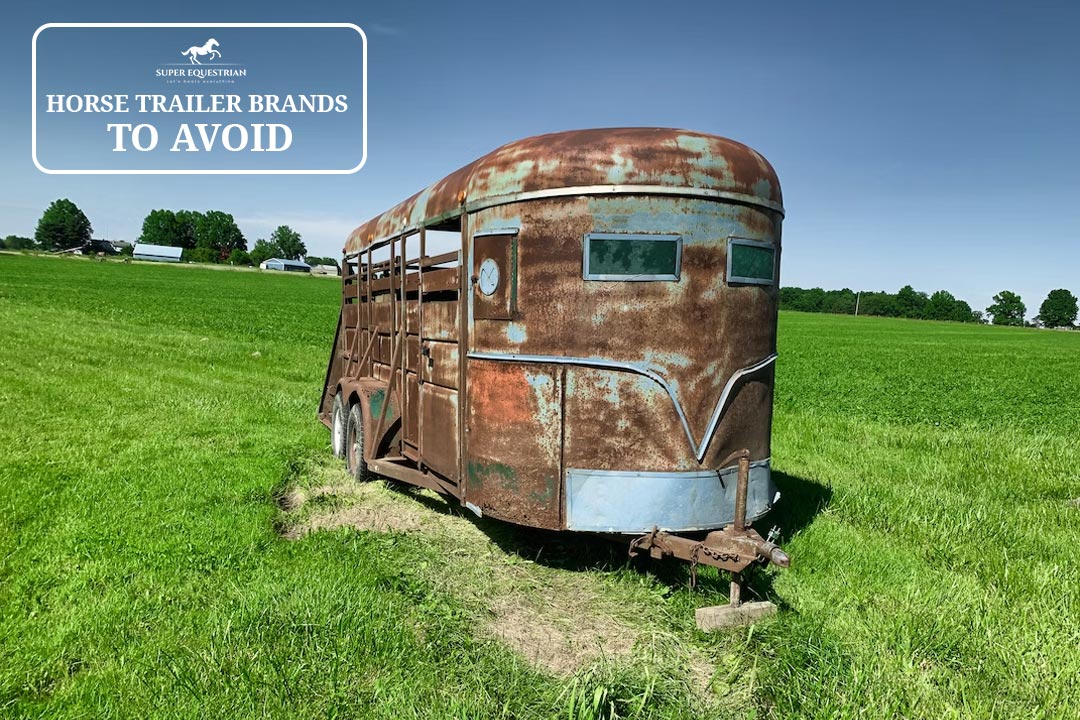
Horse Trailer Brands To Avoid...

Strawberry Roan vs Red Roan? ...
.jpg)
Gelding vs Stallion...
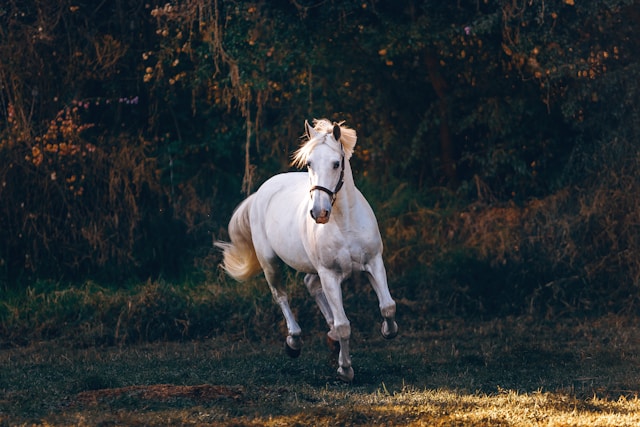
Why Does a Horse Whinny? ...

How to Clean a Rusty ...
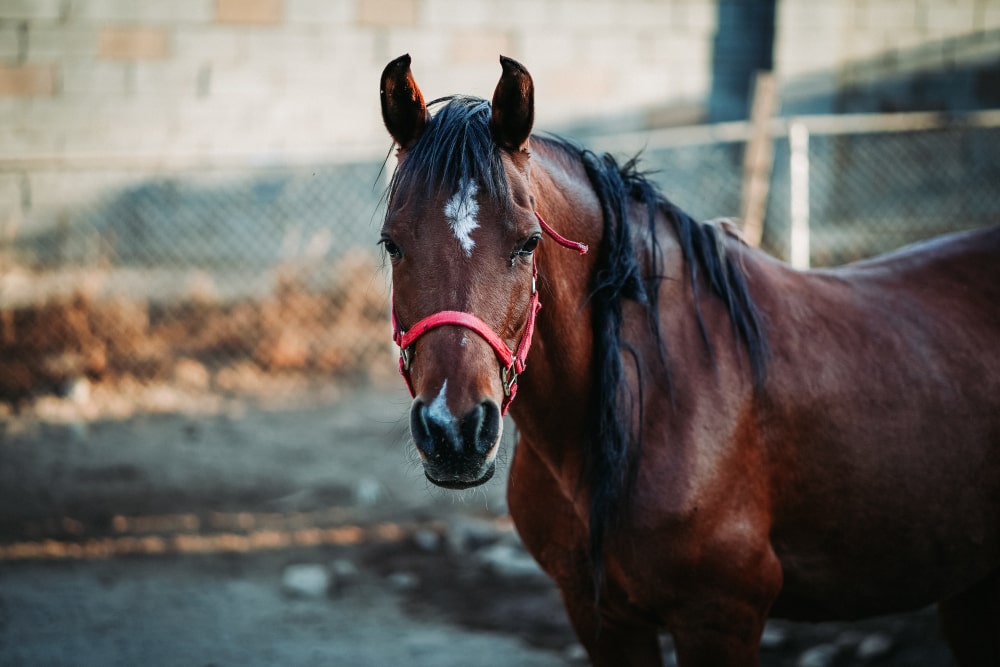
Why Do Horses Foam at ...

Why Do Horses Bob Their ...

Nutrition Unveiled: Triple Crown Senior ...
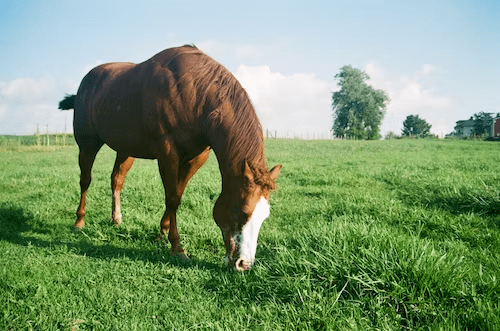
Pasture Pro Vs. Grazon: Horse-...
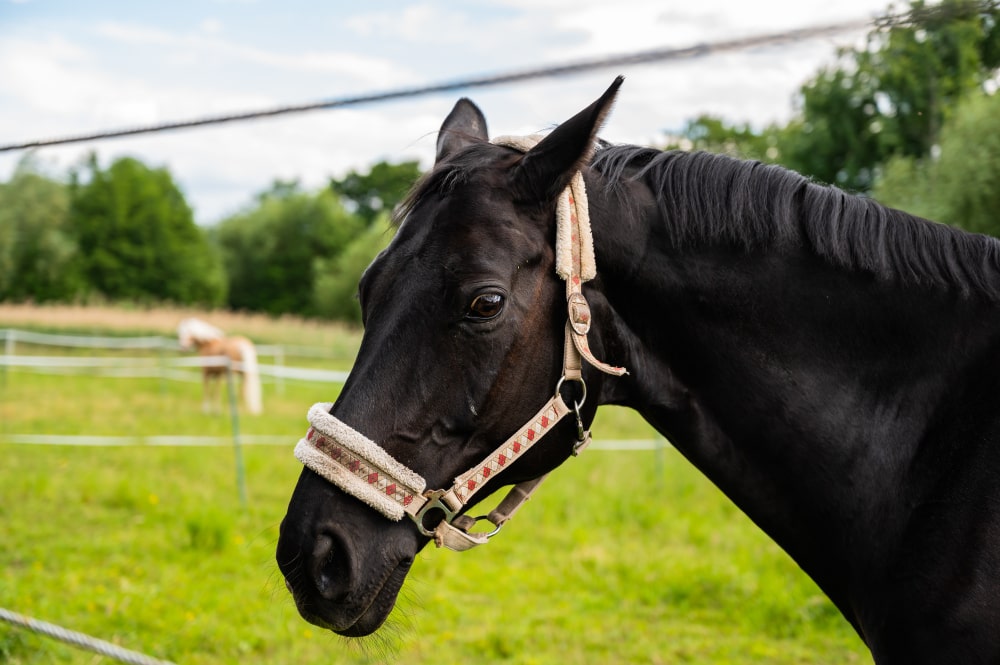
Dutch Gag Vs. Pelham: Bits ...

Walking Horse vs Racking Horse: ...
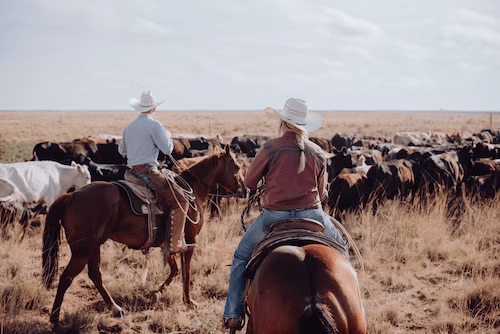
Wade vs Association Saddle: Your ...
.jpg)
Step Up vs Ramp Horse ...

Bosal vs Hackamore: A Head-...
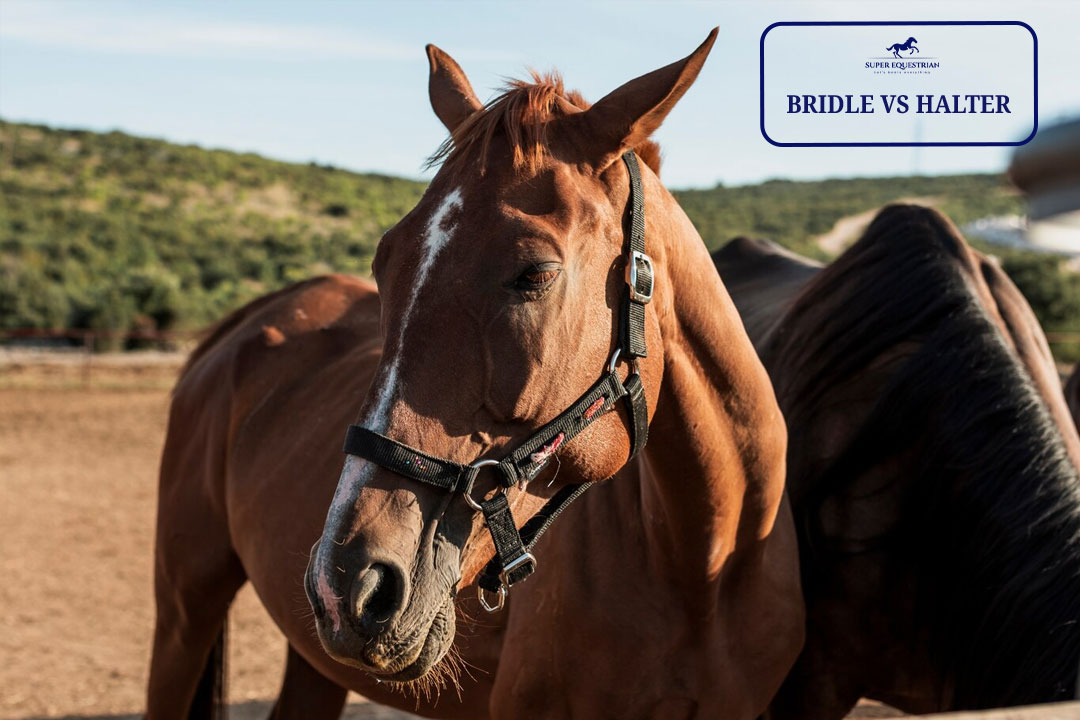
Bridle Vs Halter: Which One ...

Paddock Boots Vs Riding Boots: ...

Shadow Horse Trailer Problems: Causes, ...
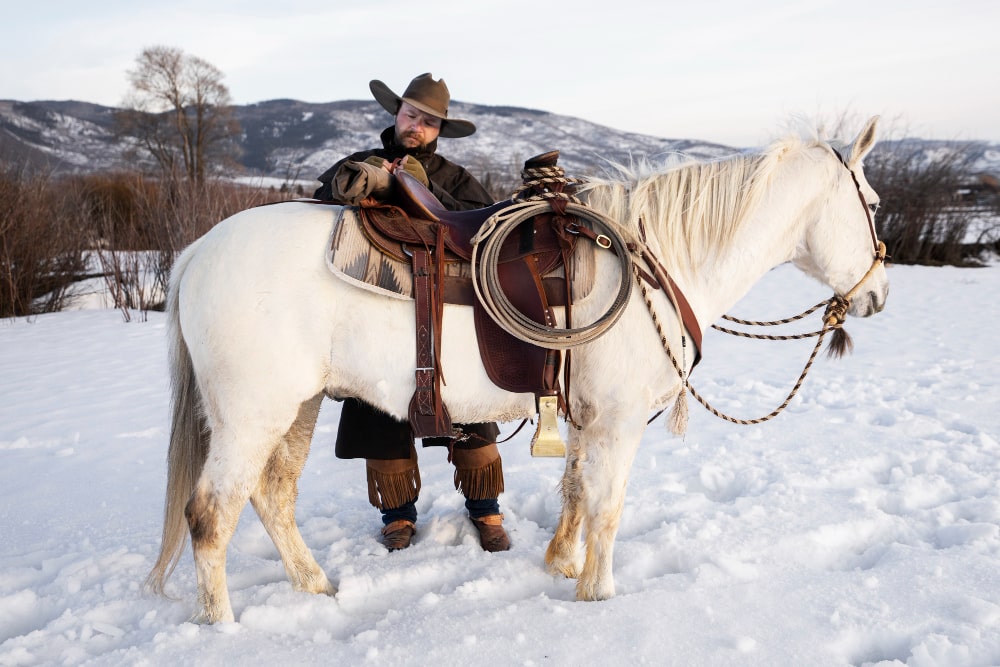
Are Billy Cook Saddles Good - ...

Let's Start at the ...
Benefits of Beet Pulp for ...
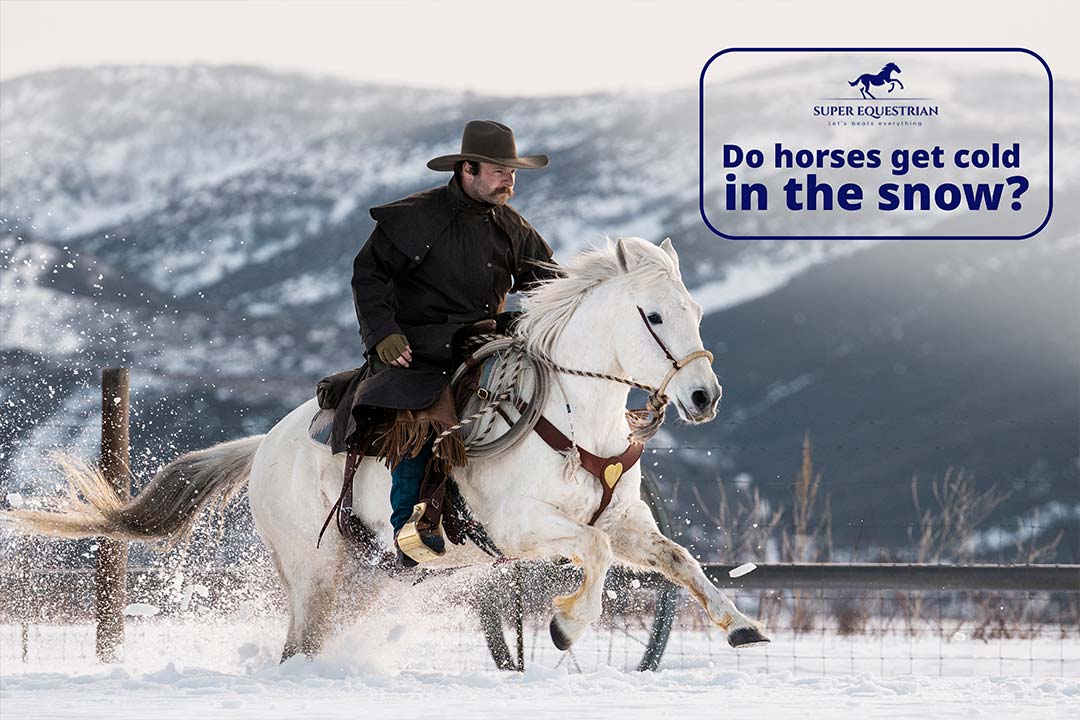
Do horses get cold in ...
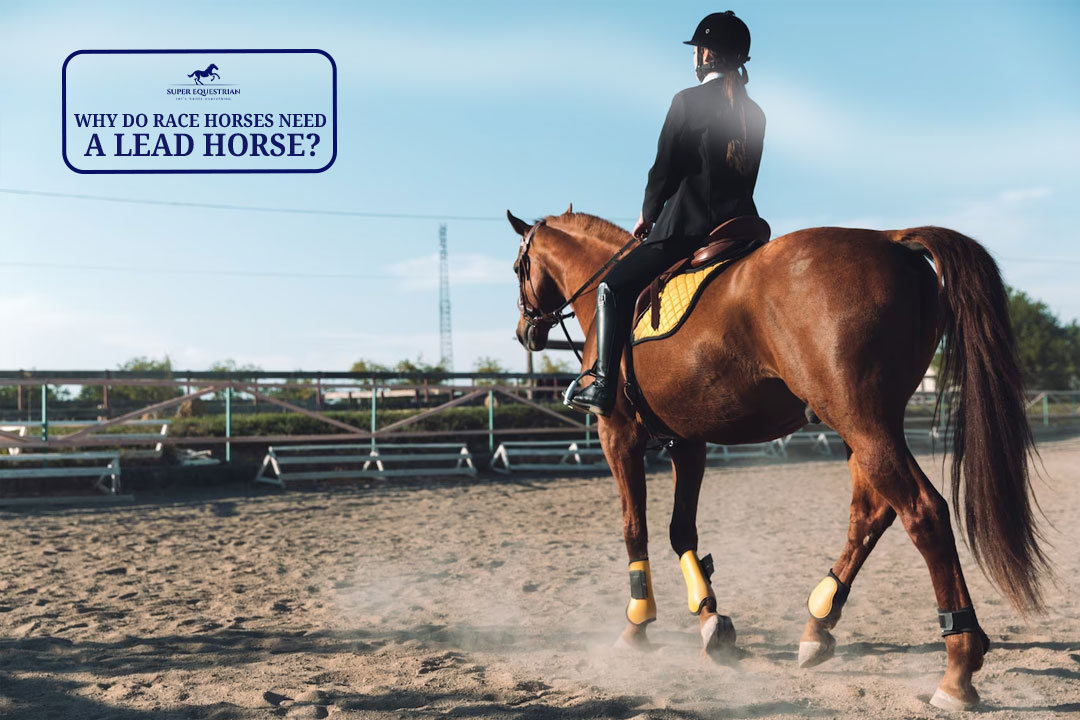
Why Do Race Horses Need ...
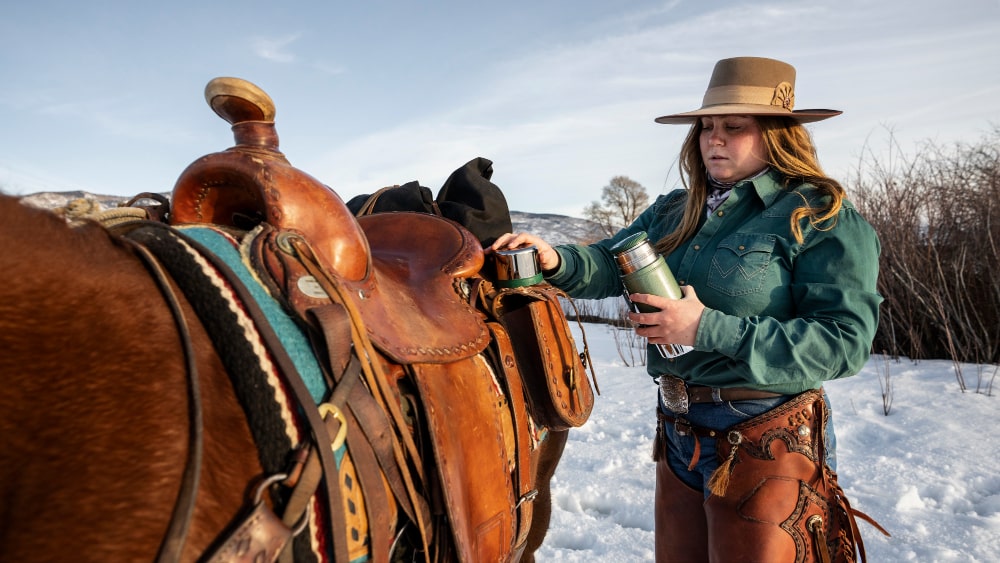
Ranch Saddle vs. Roping Saddle: ...

Round Pen vs Square Pen ...

Must Have Horse Trailer Accessories: ...

Is MIPS Worth for Equestrian?...
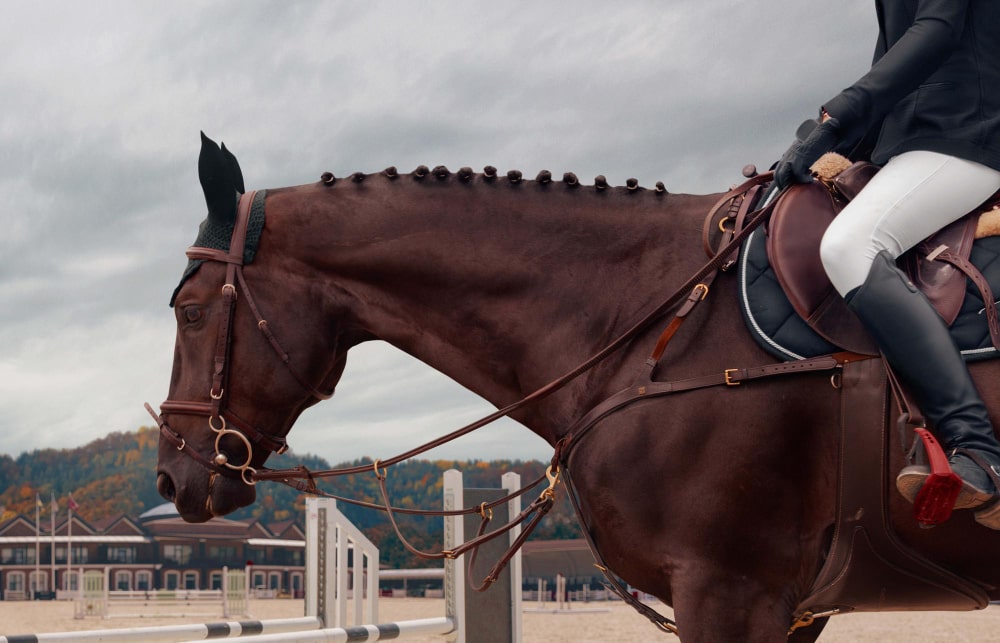
Natural Horsemanship vs Positive Reinforcement: ...

How to Mount a Horse ...
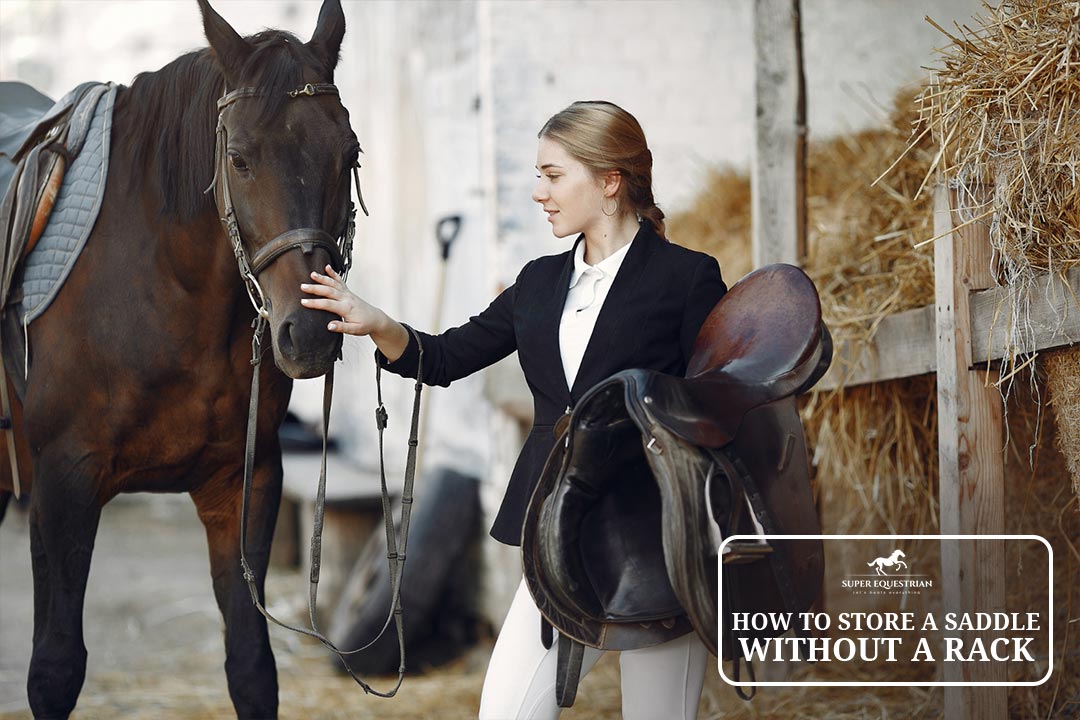
How to Store a Saddle ...

Why are Stirrups Important in ...
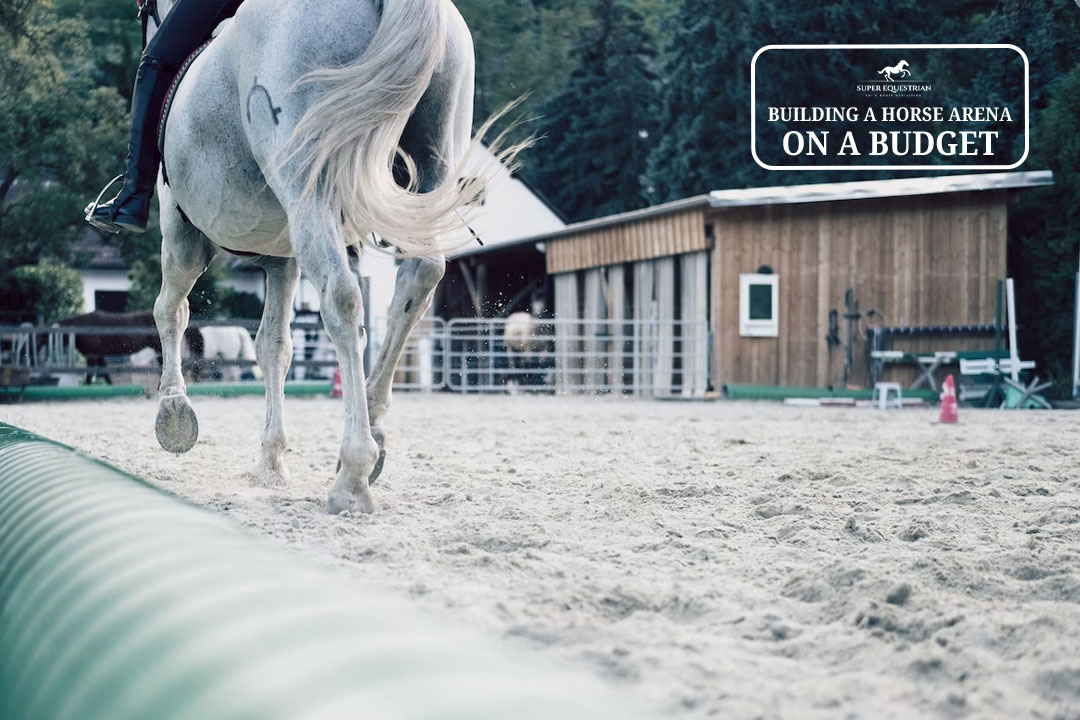
Building a Horse Arena on ...

How to Make Horse Treats ...

Order of Grooming a Horse...

Horse Riding Lessons Plan: The ...

Horse Trailer Roof Replacement and ...
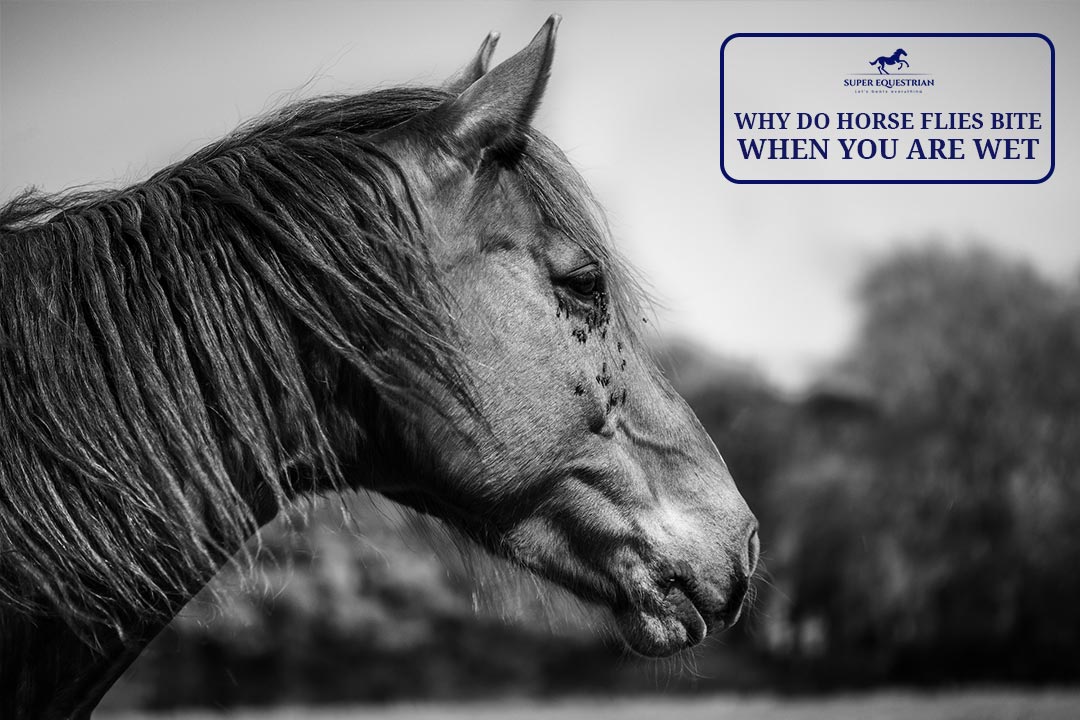
Why Do Horse Flies Bite ...
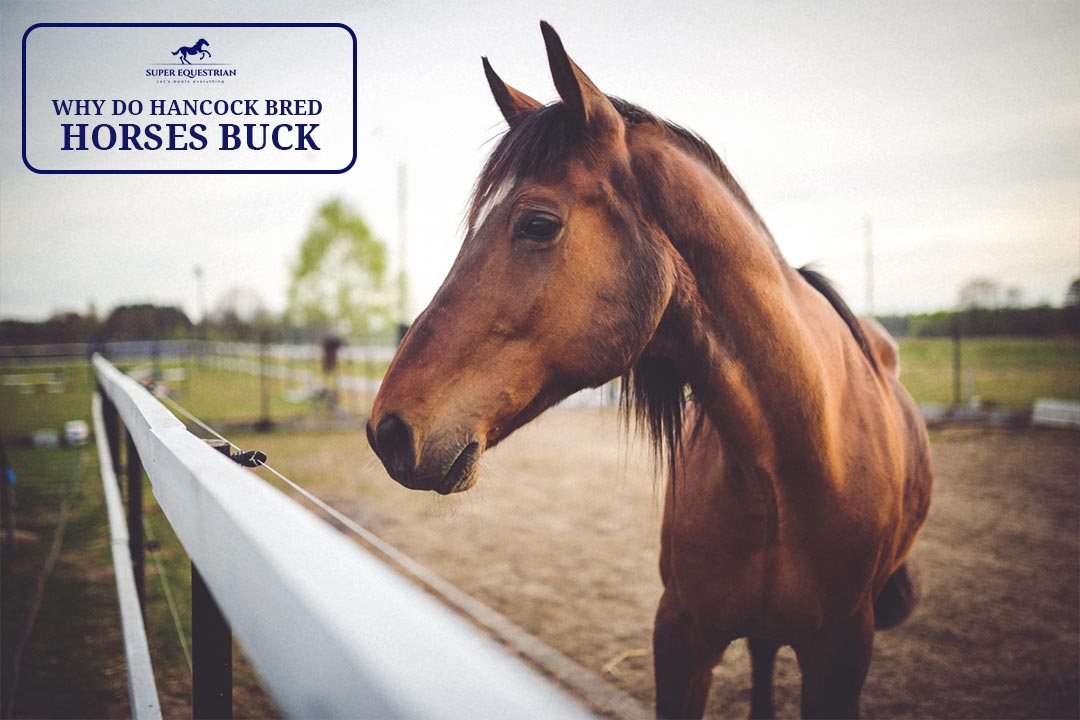
Why Do Hancock Bred Horses ...

Quarter Horse Bloodlines to Avoid...
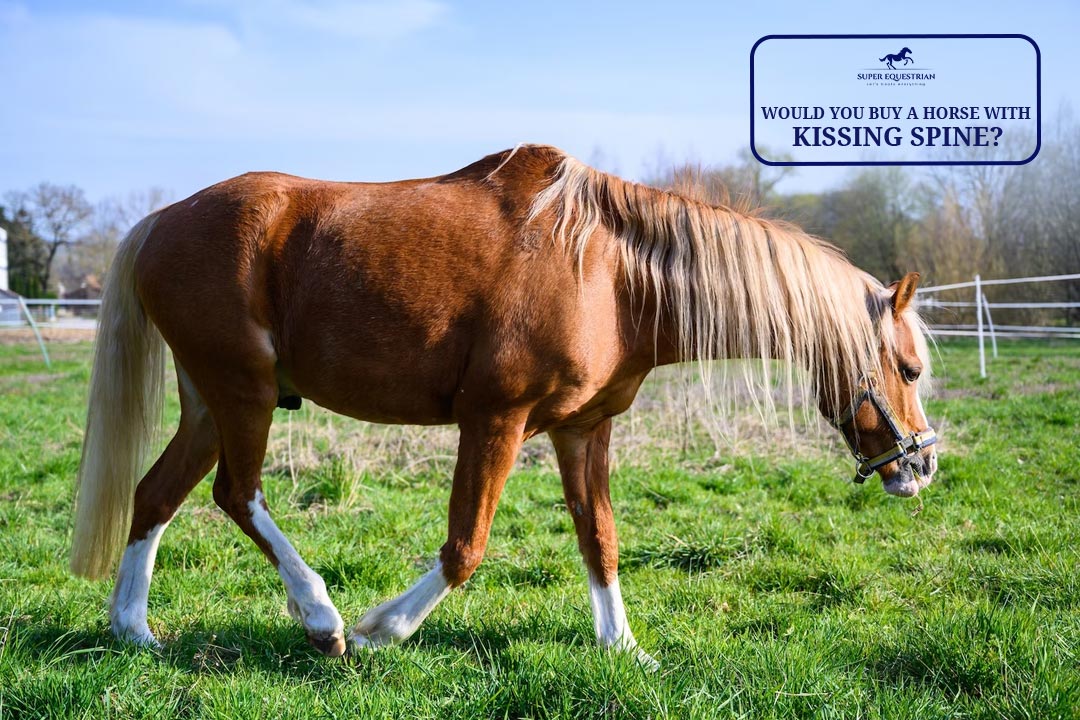
Would You Buy a Horse ...

Why Do Horses Allow Us ...
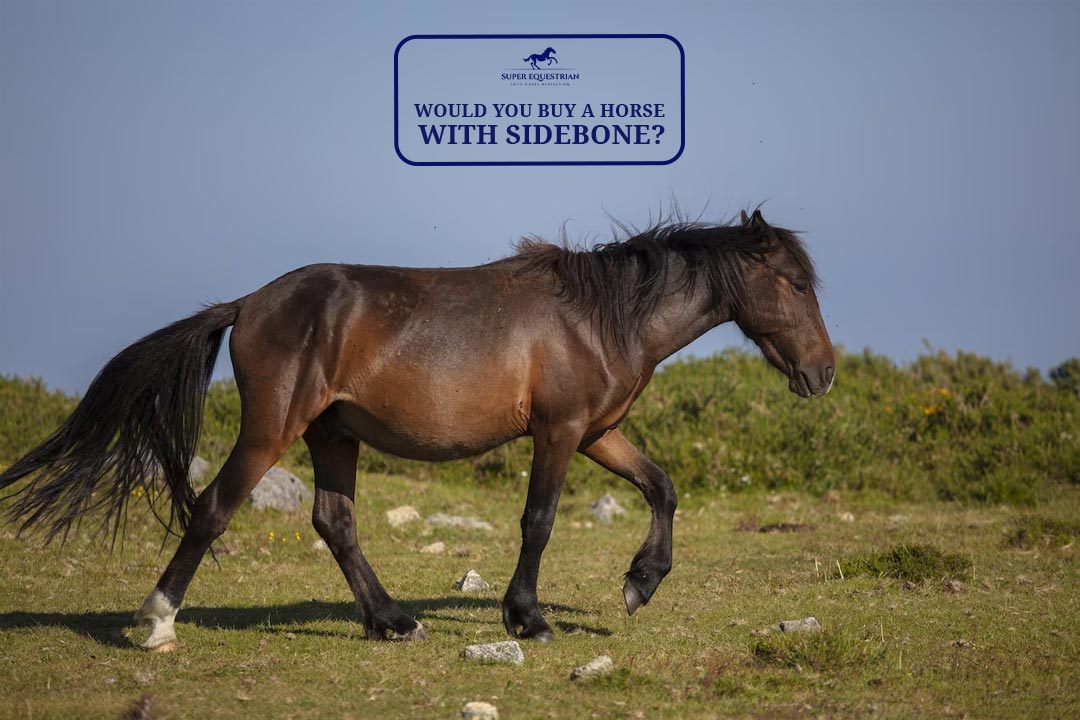
Would you buy a horse ...

Why Are Klapper Bits So ...

Why do horses need to ...

Why do you mount a ...
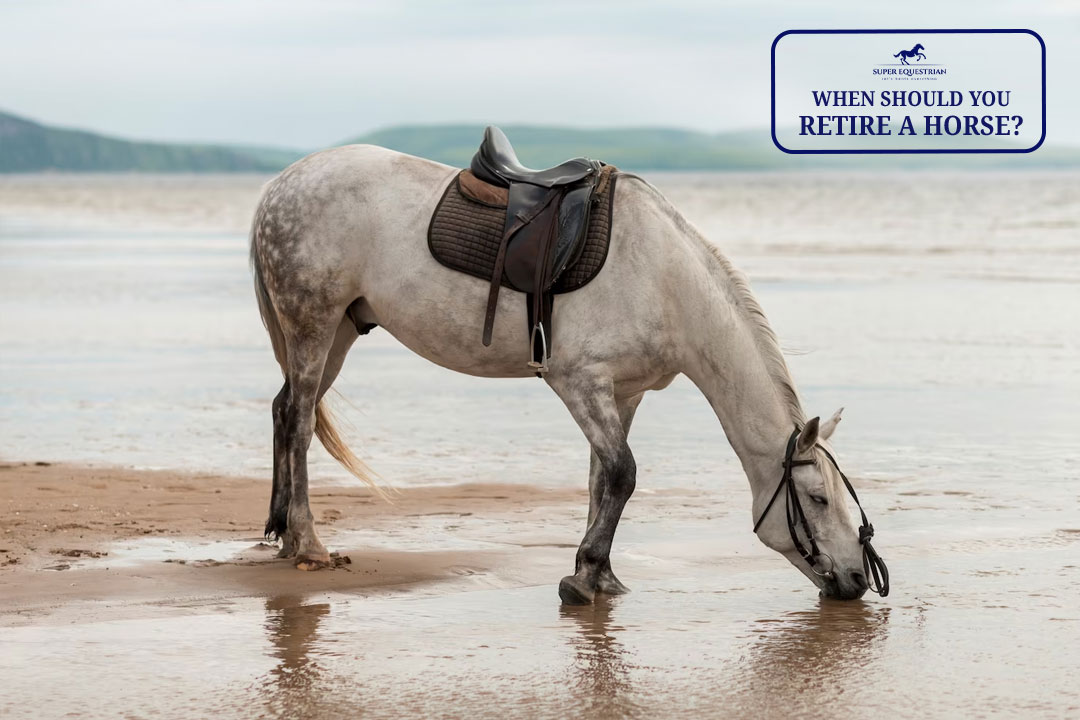
When Should You Retire A ...
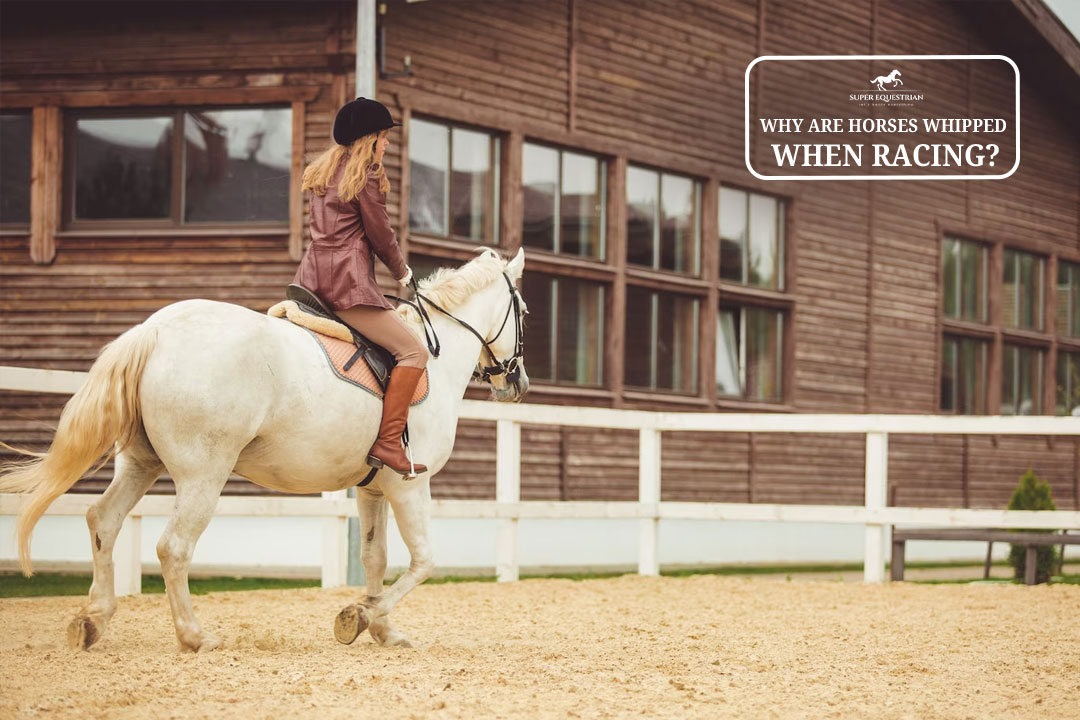
Why Are Horses Whipped When ...
.jpg)
Why Do Horses Have A ...
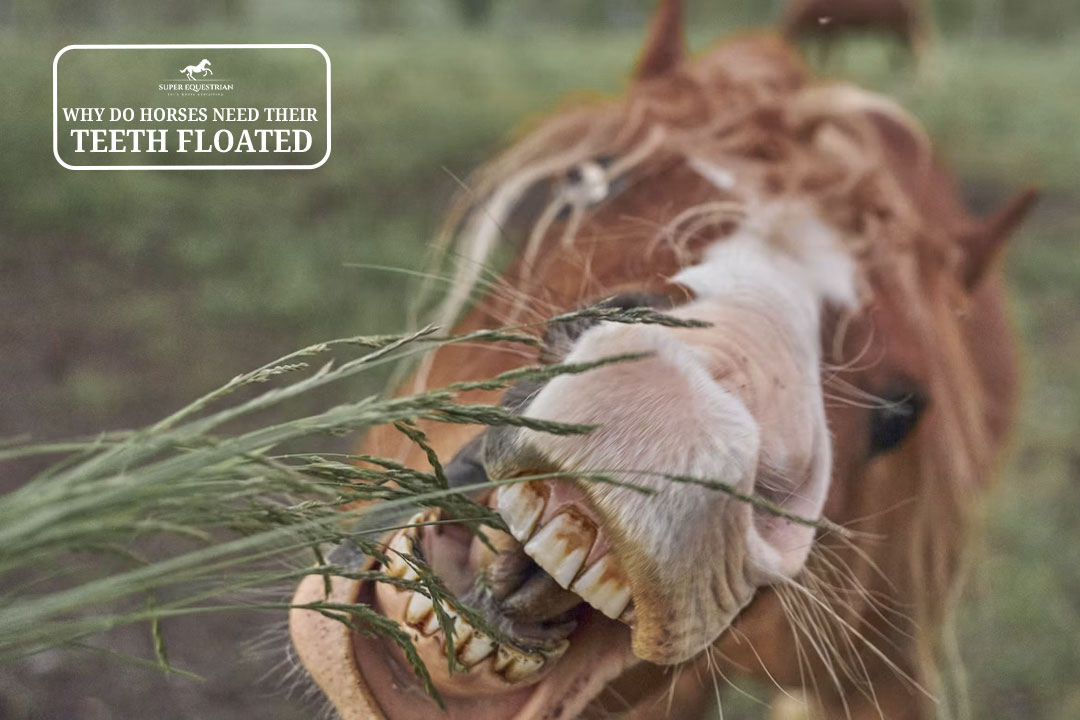
Why Do Horses Need Their ...

What To Do If Horse ...

What To Do If A ...
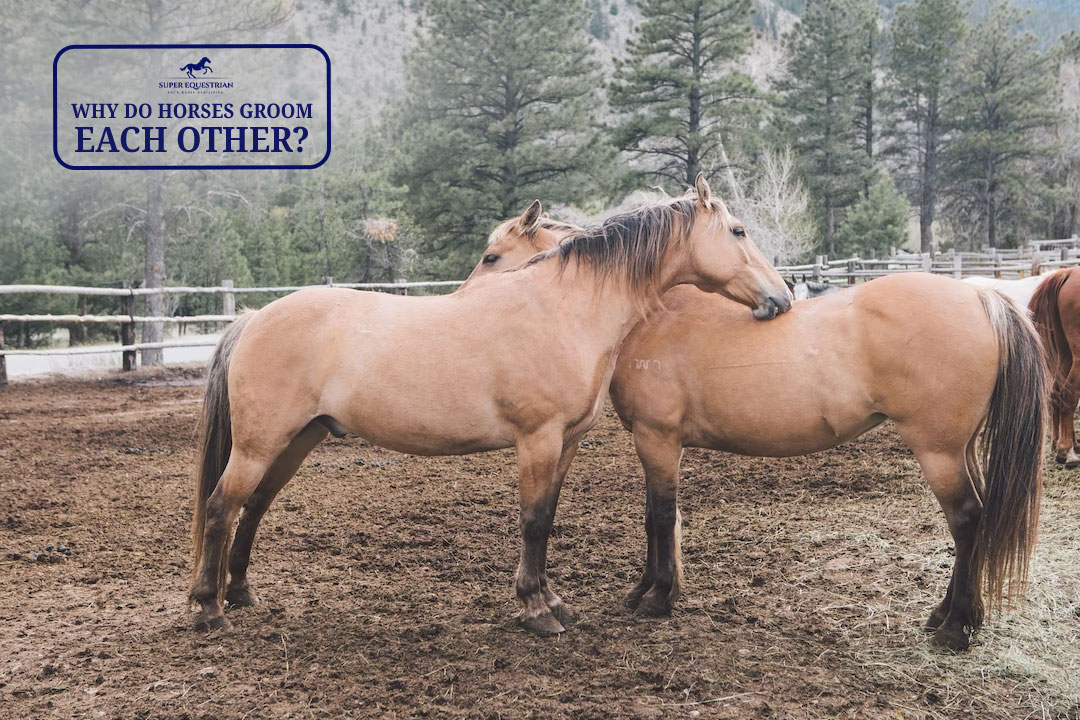
Why do horses groom each ...
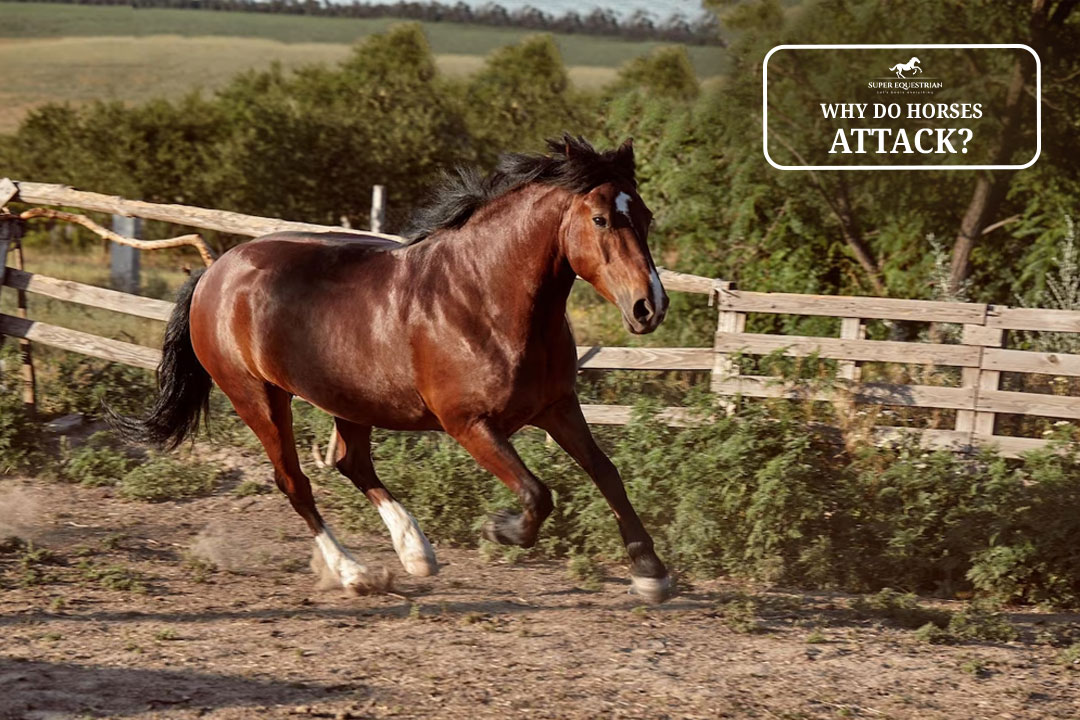
Why do horses attack...

Should I Use a Martingale ...

How to fit bell boots ...
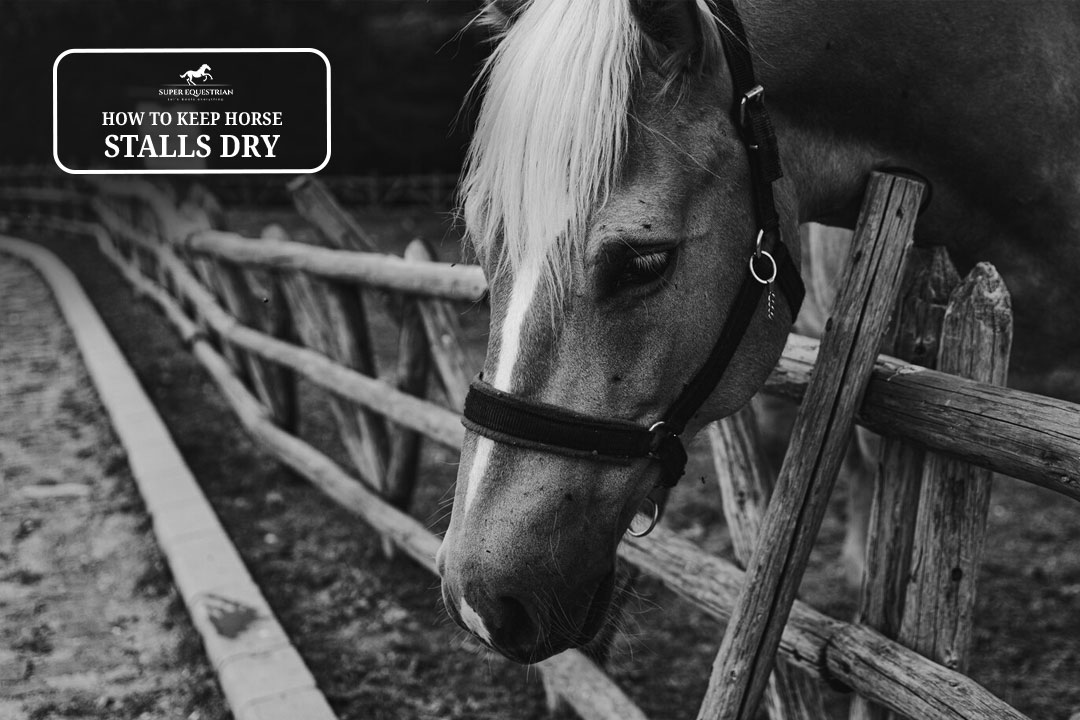
How To Keep Horse Stalls ...
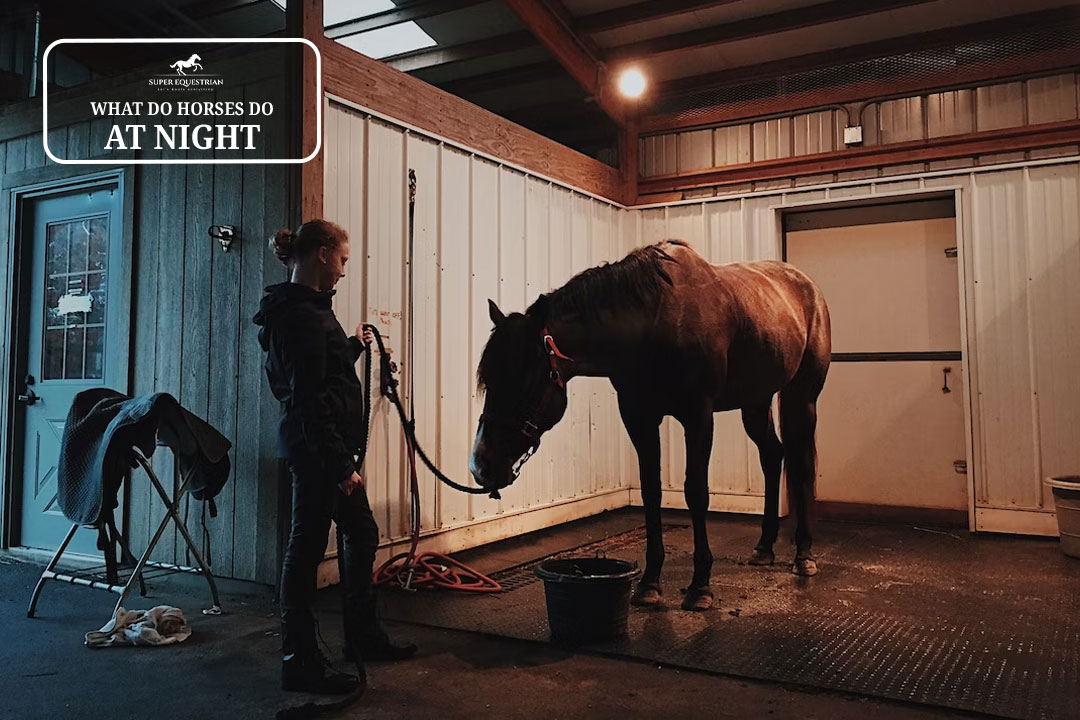
What Do Horses Do At ...
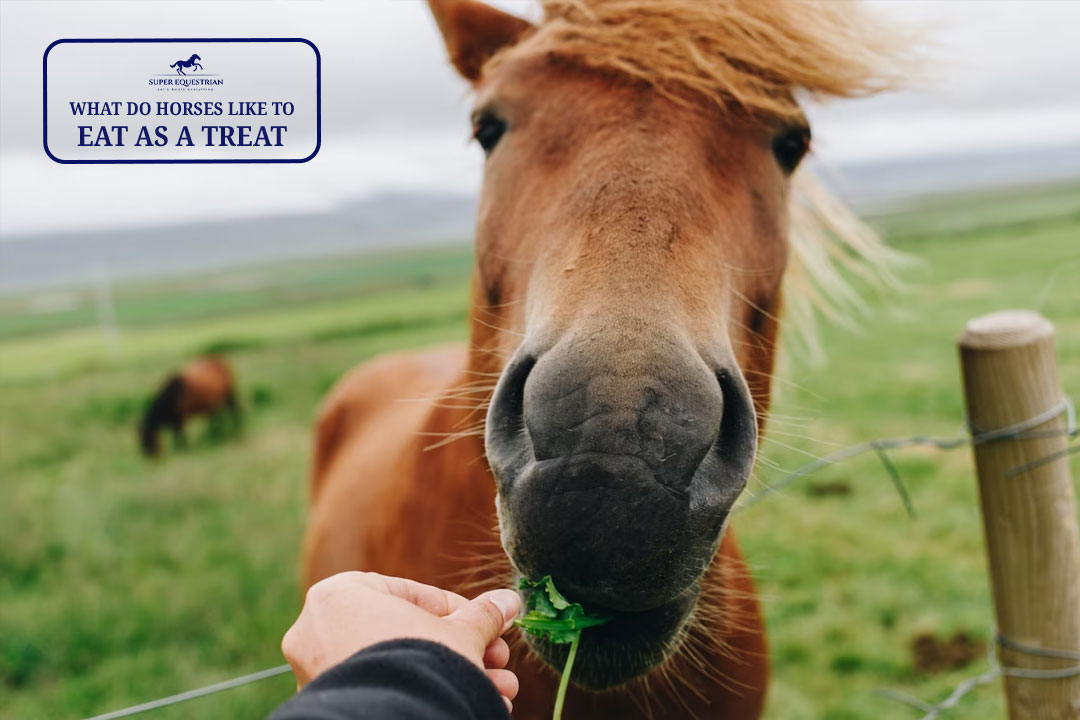
What do horses like to ...

Why do wild horses get ...

Can you ride a horse ...

Are horses protective of their ...

Why racking horses are popular ...
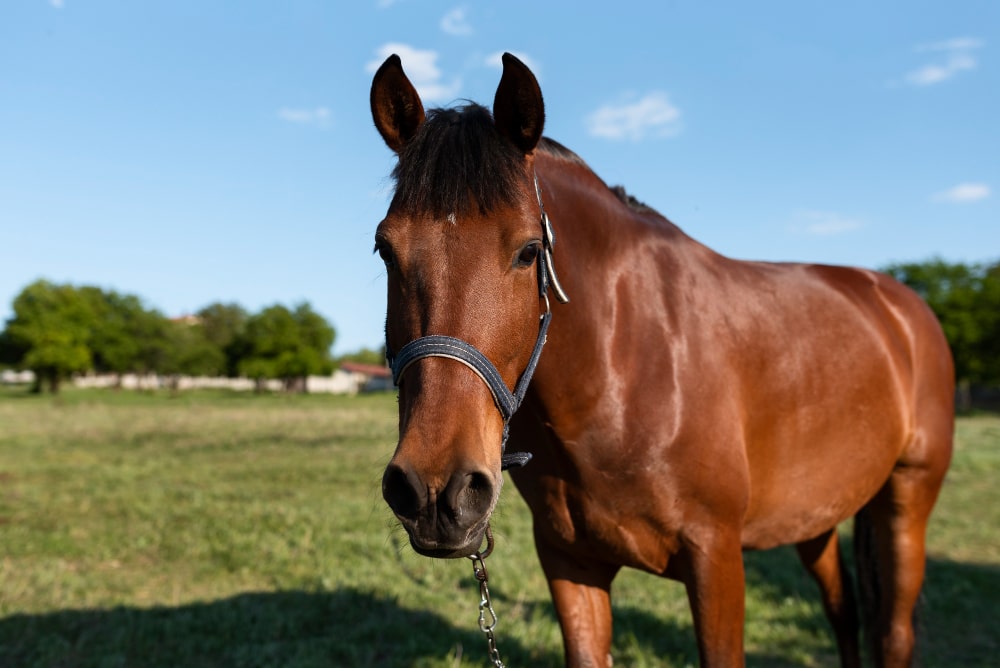
How To Keep Horses Off ...
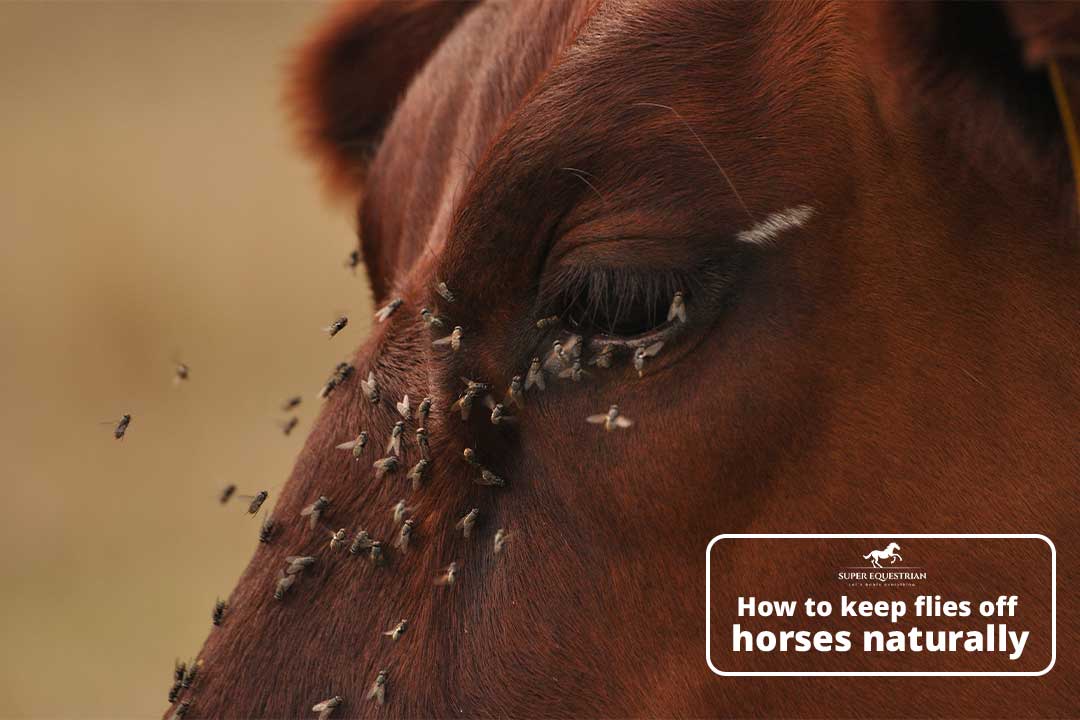
How to Keep Flies Off ...

Pros and Cons Using A ...
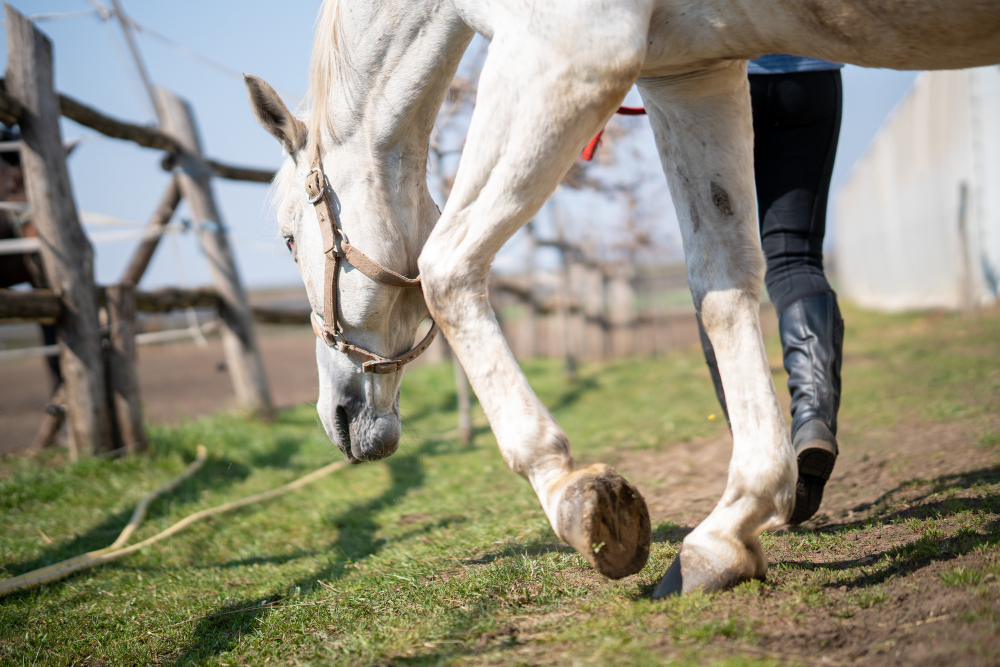
Can you ride a horse ...

Why are Corriente saddles so ...
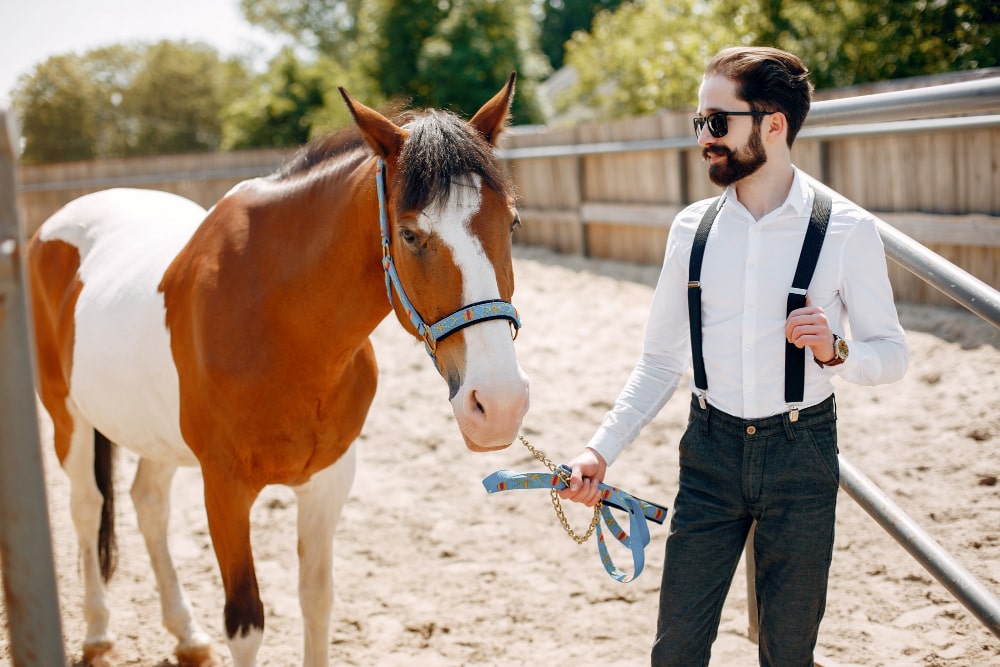
Pros and cons of equine ...
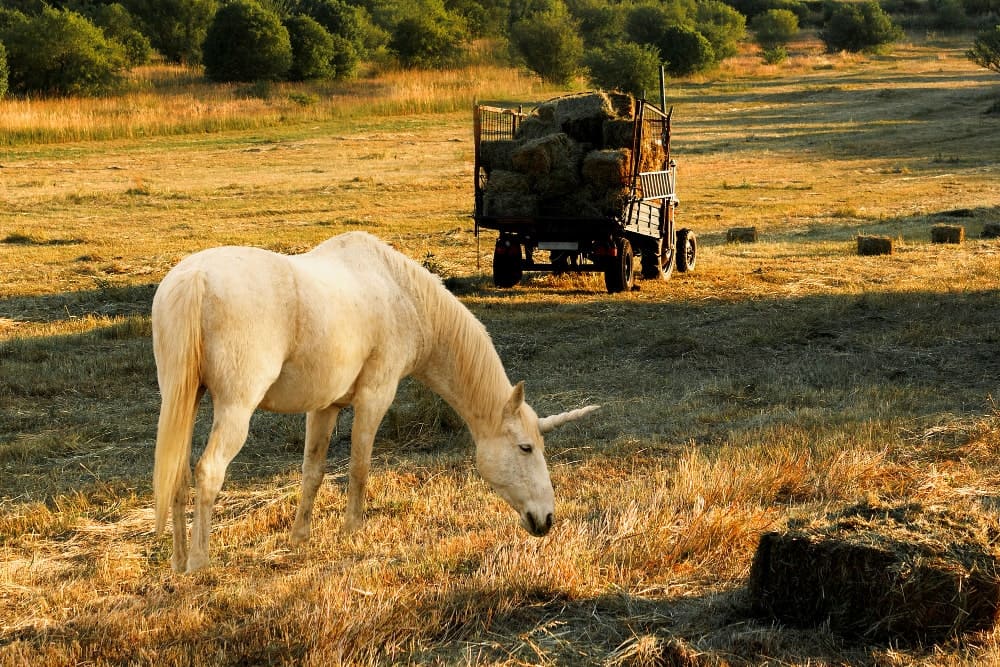
How Long After Mowing Can ...

How to Care for a ...
.jpg)
Why Do Horses Wear Blinders: ...
.jpg)
How to fit an exercise ...

Why is my horse bucking ...
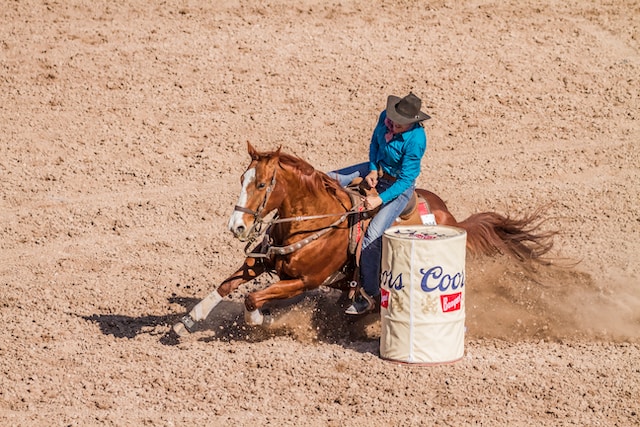
What causes a horse to ...
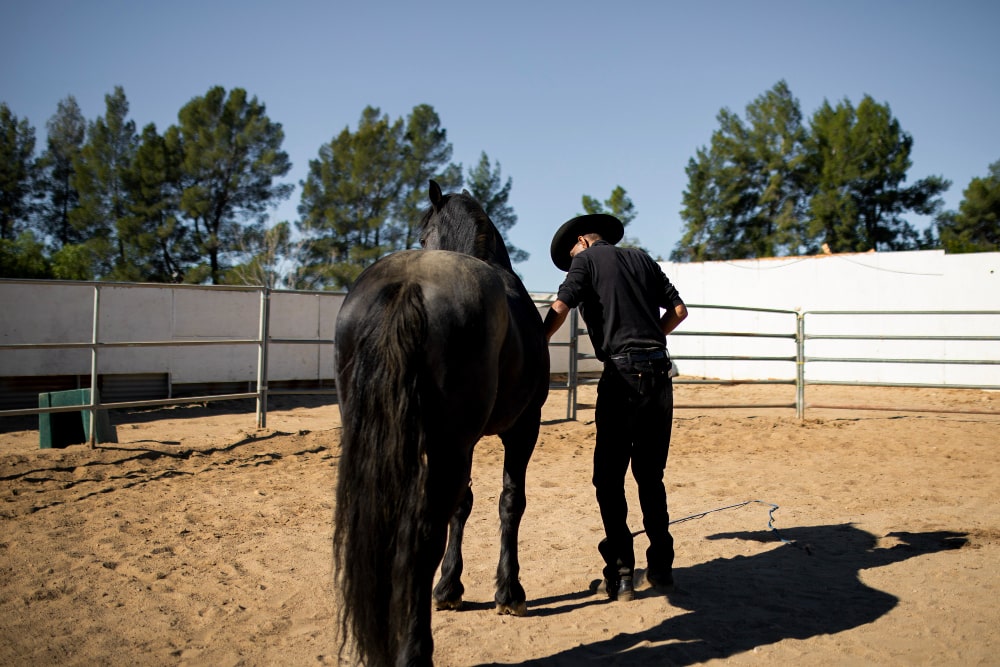
How to Stop a Horse ...
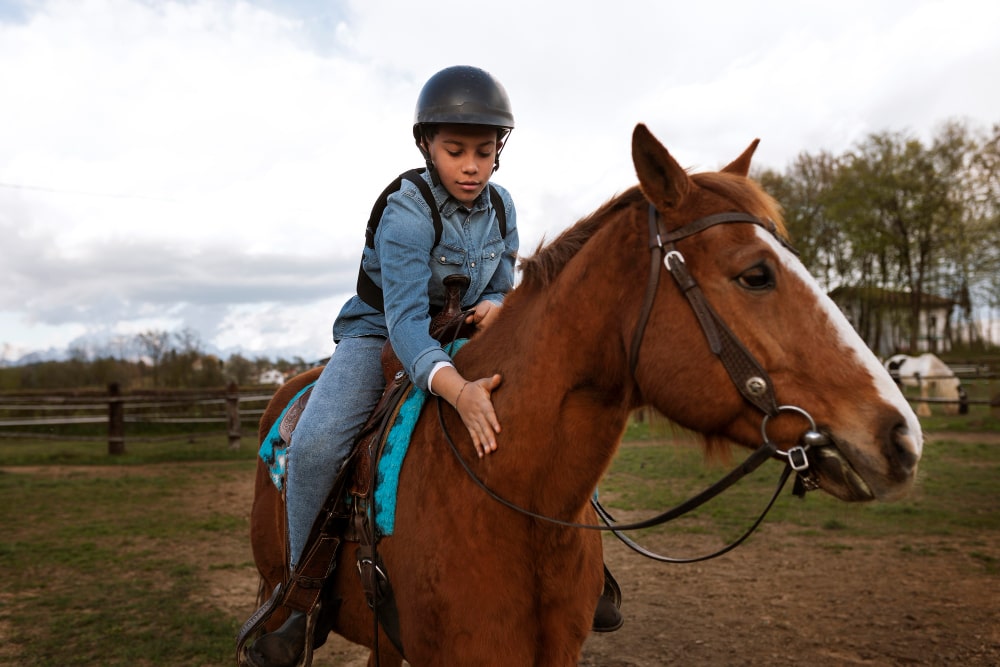
Why Is My Horse Bunny ...
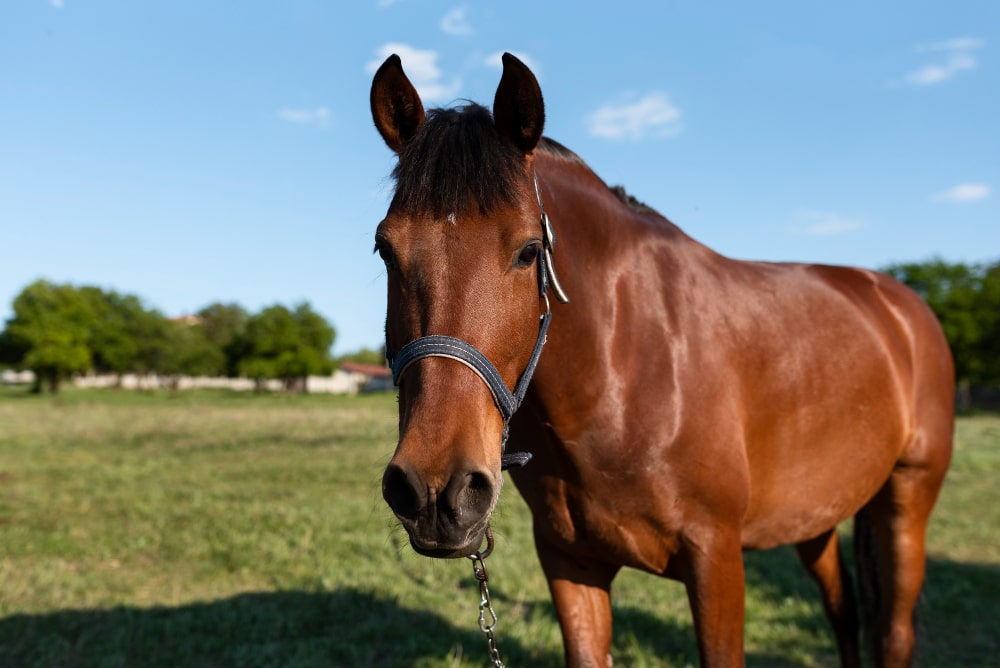
How To Improve Pasture For ...

How to get the smell ...

Can you add ramp to ...

What Is The Temperament Of ...
.jpg)
Why Is Friesian Horse Hair ...
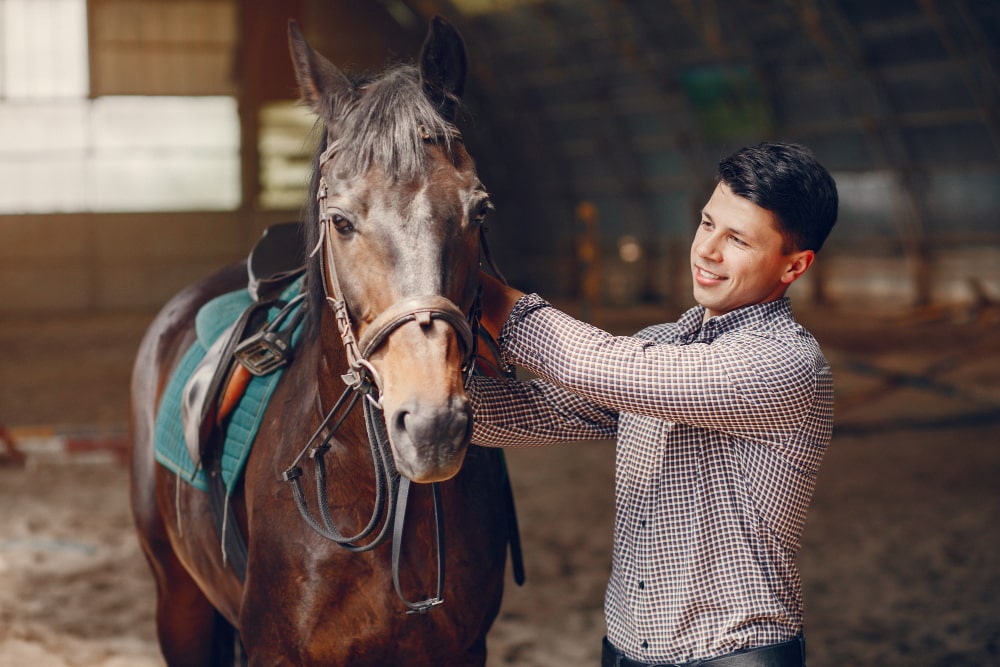
Why is my horse testing ...
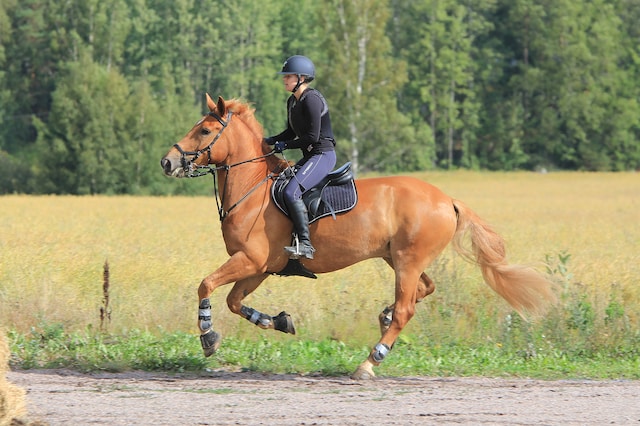
How often you should take ...

How long does it take ...

How do horses adapt to ...

How To Prepare For A ...
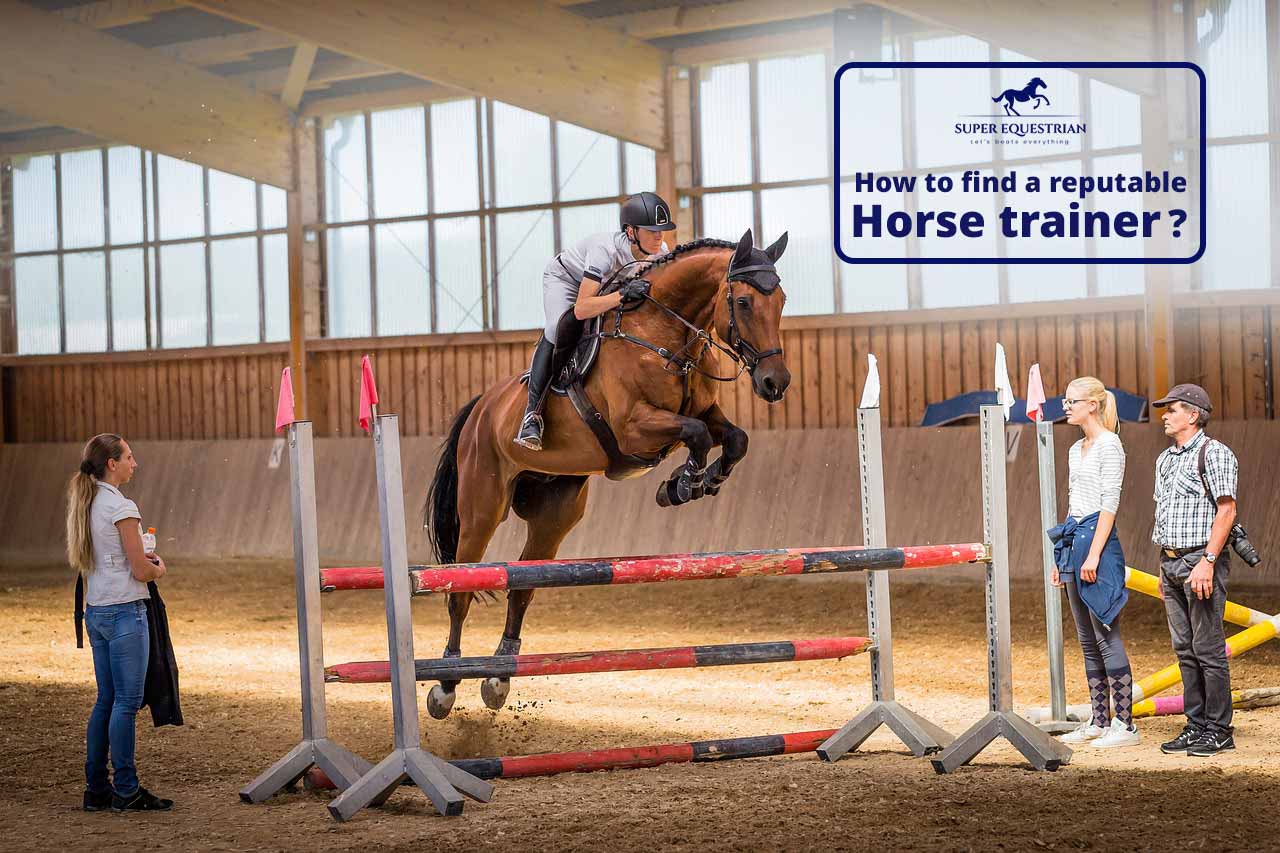
How To Find A Reputable ...
.jpg)
Do Horses Get Medals at ...

How to create a horse-...